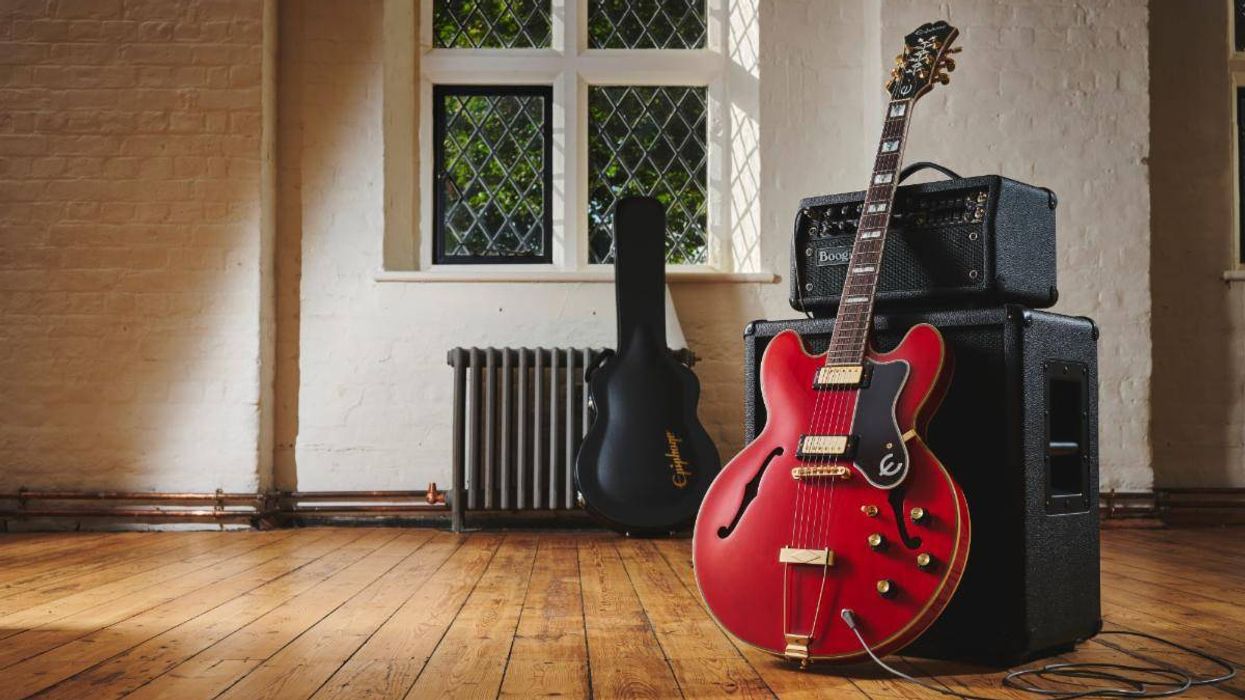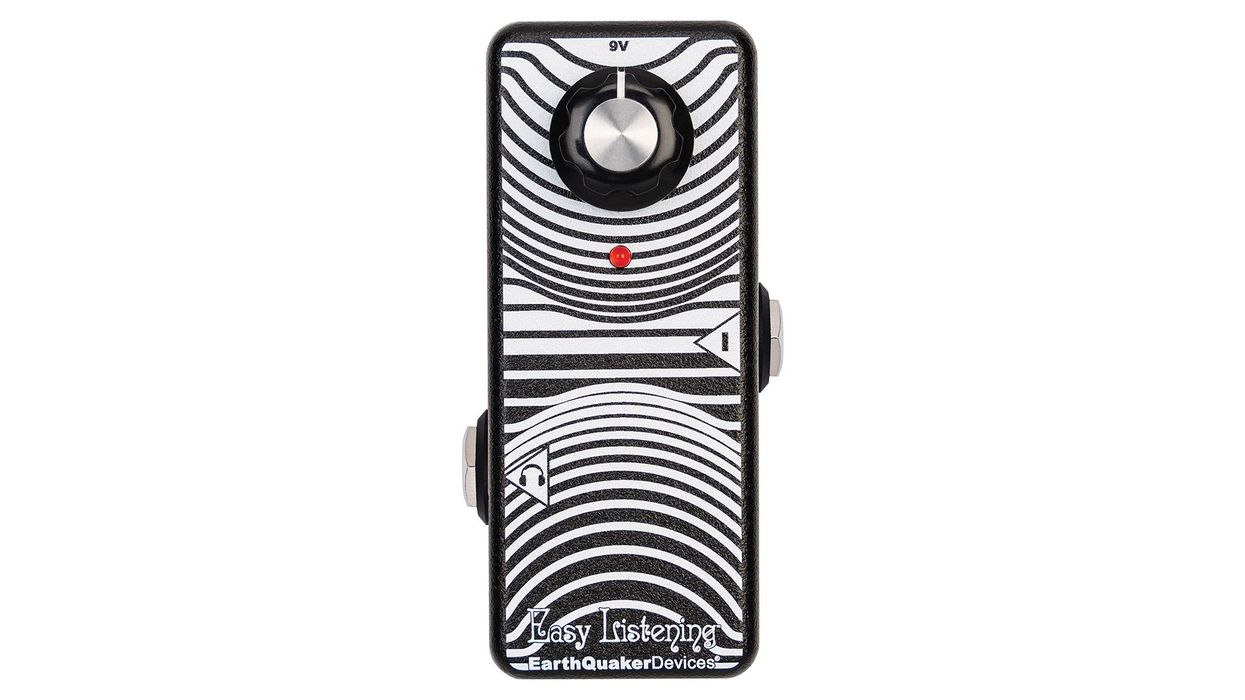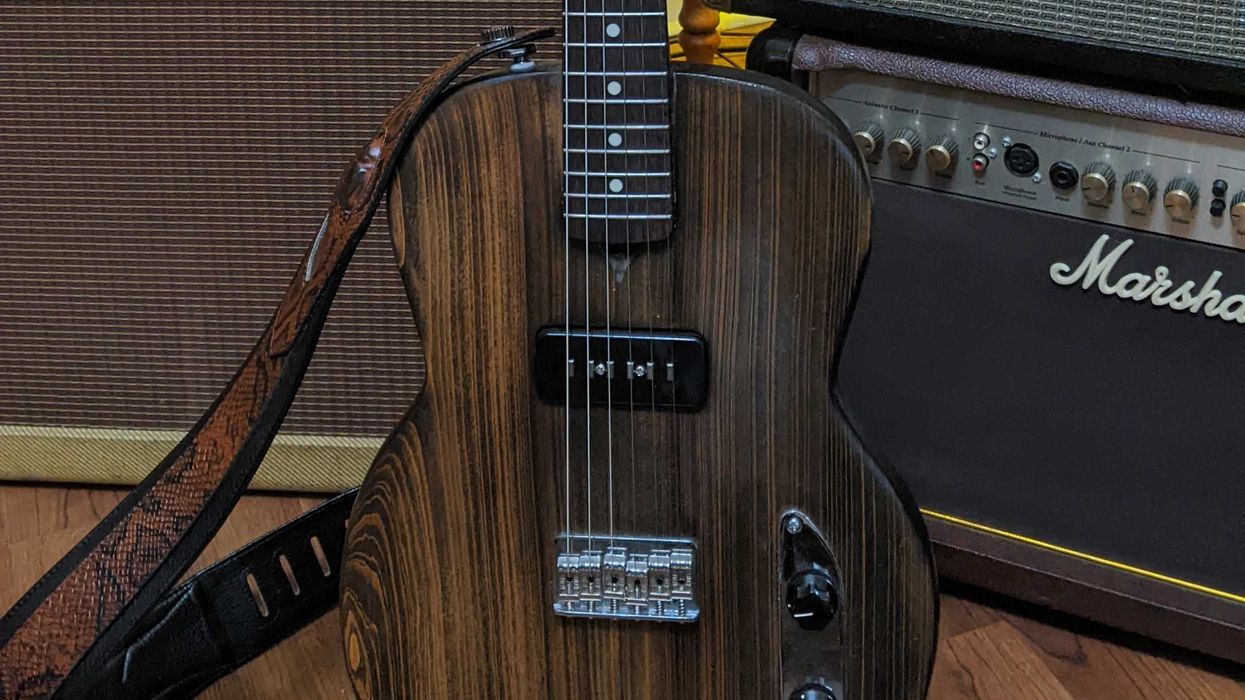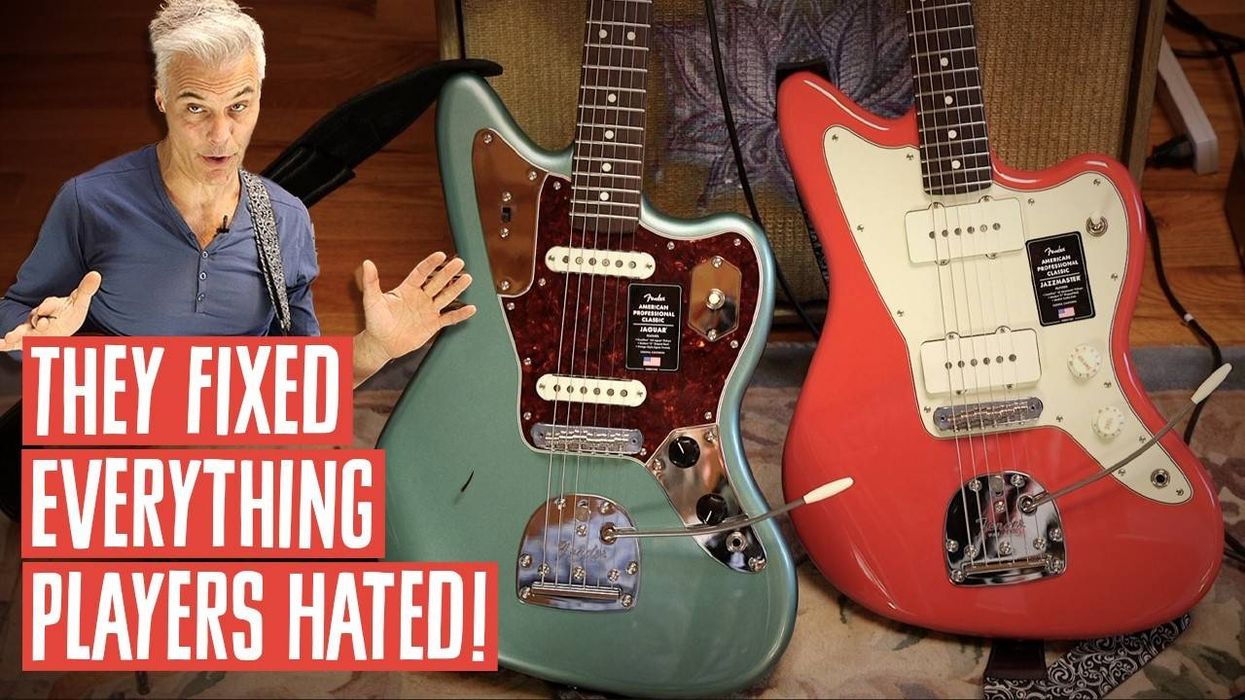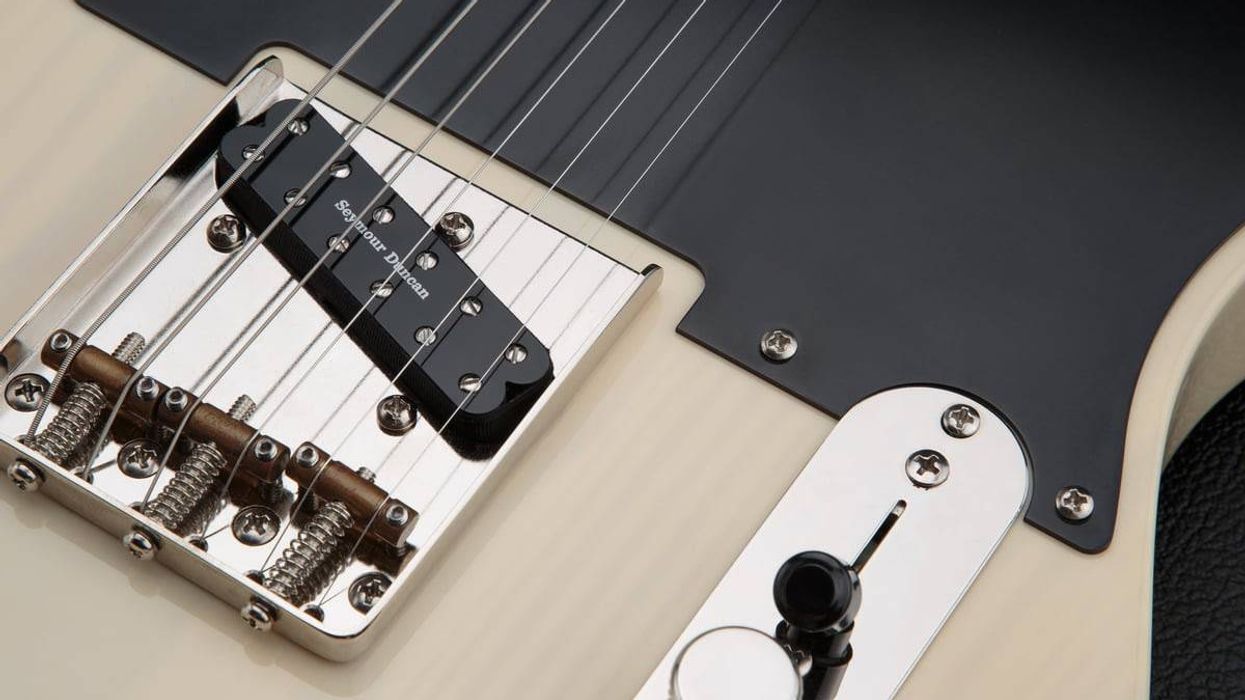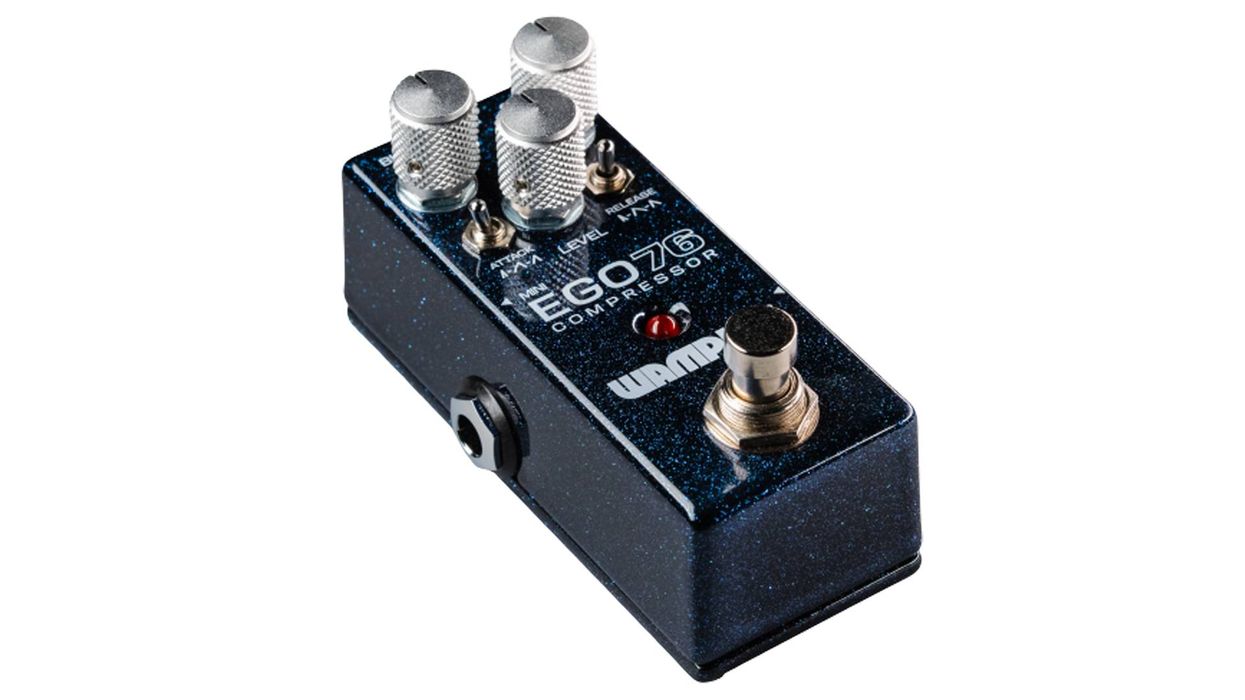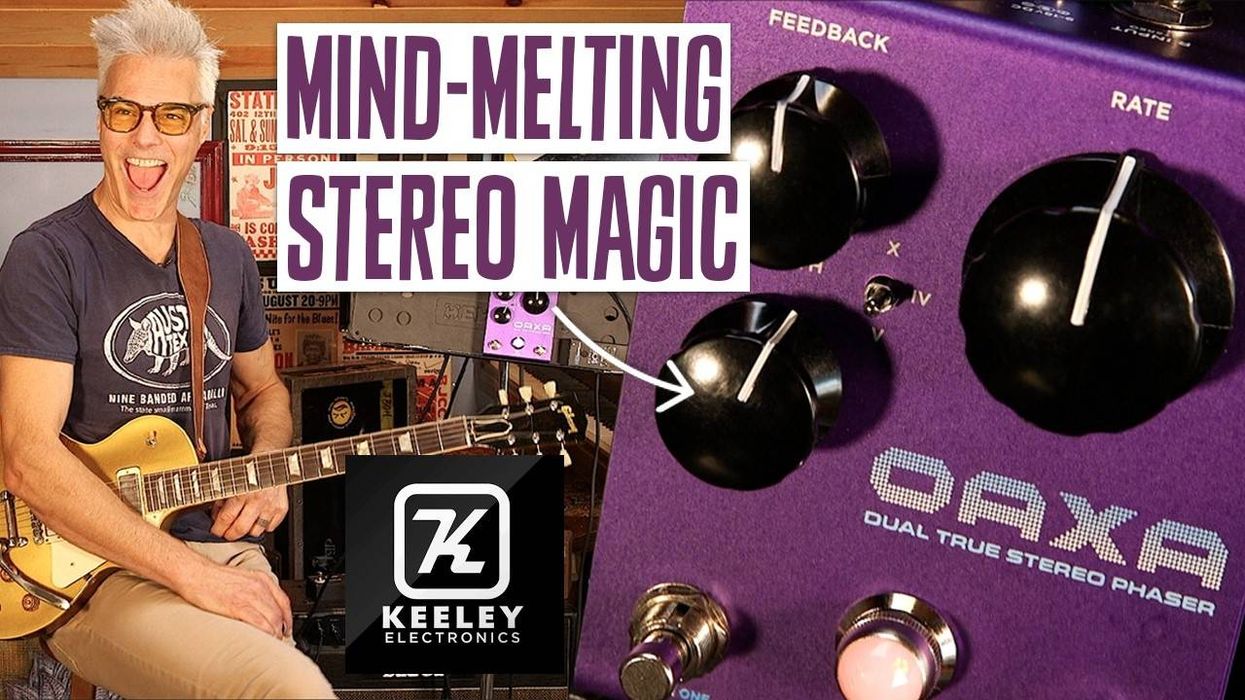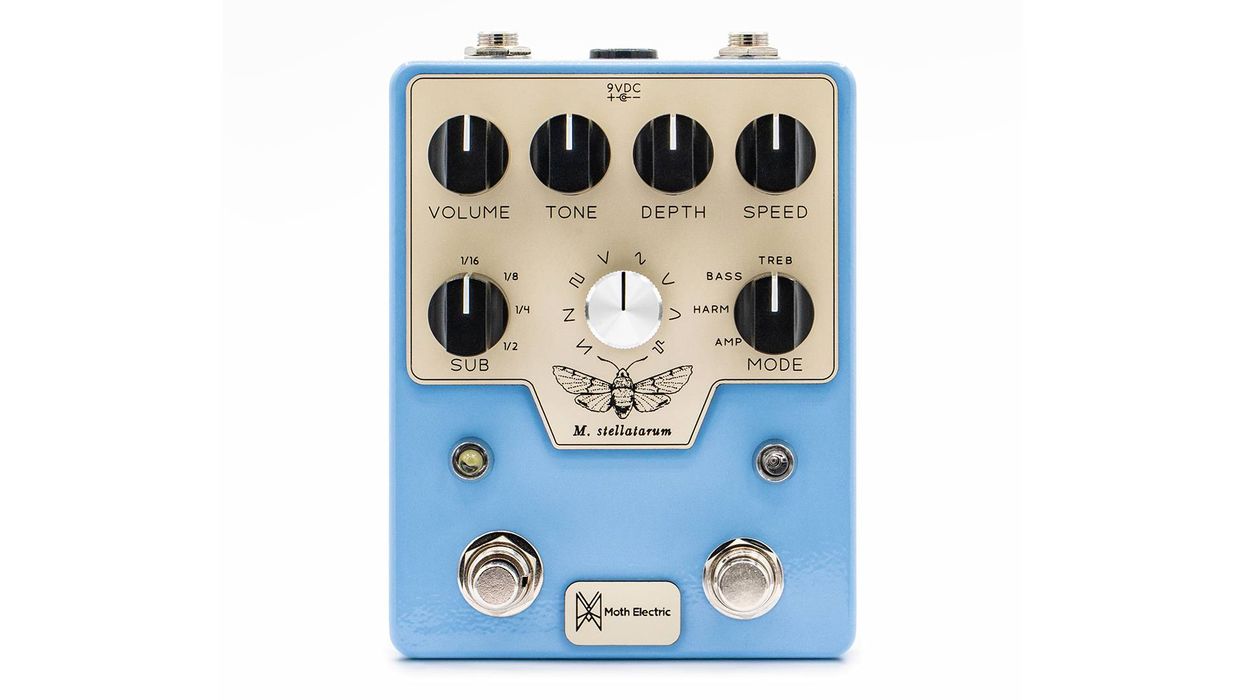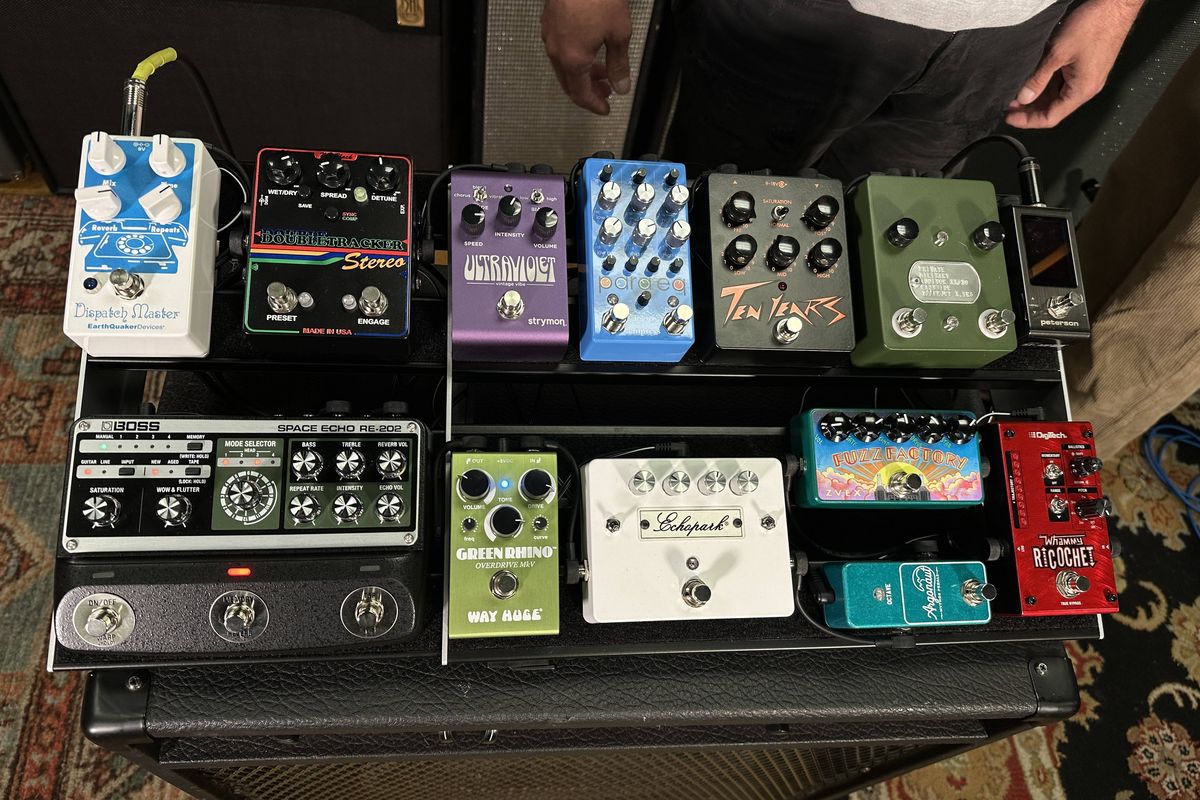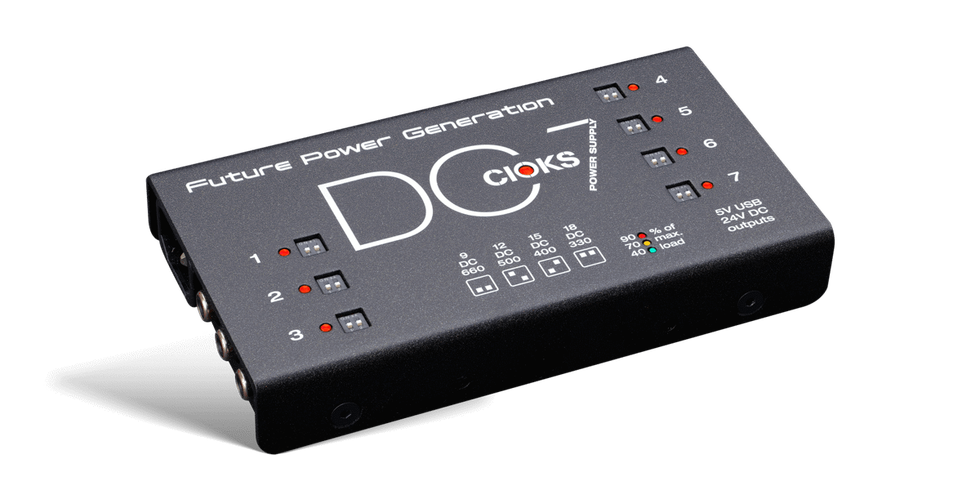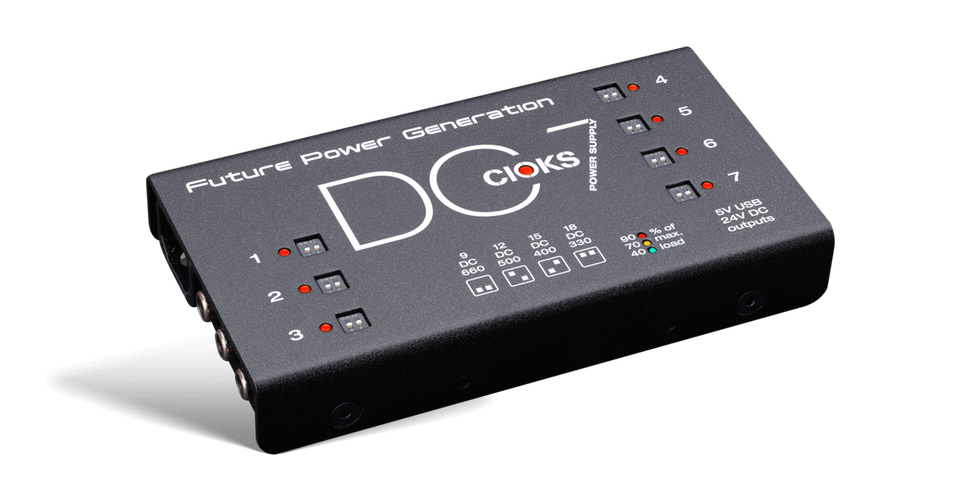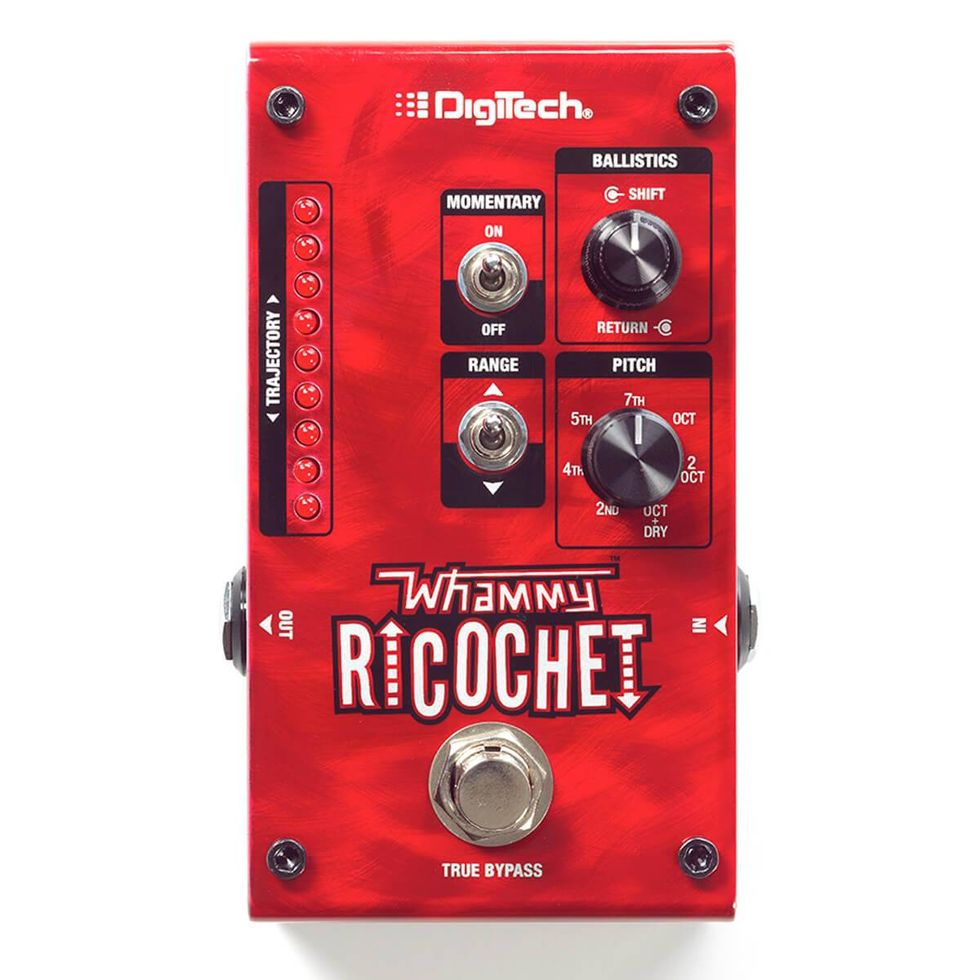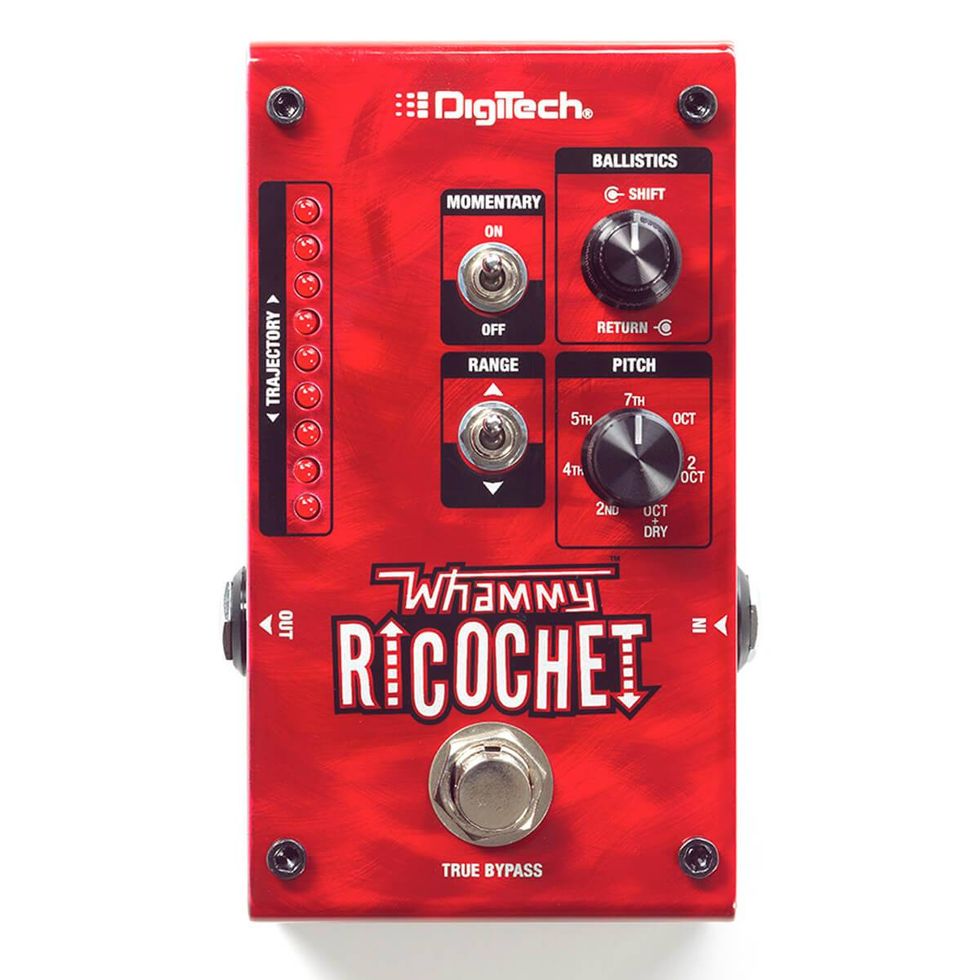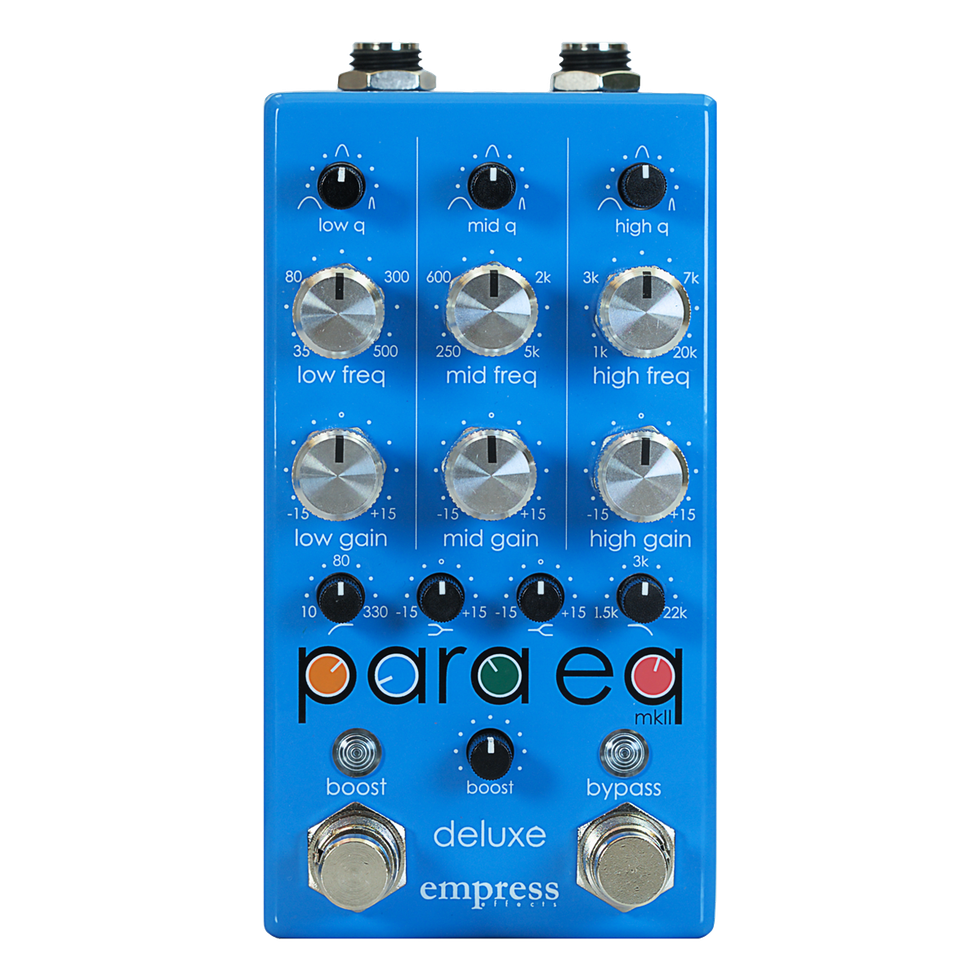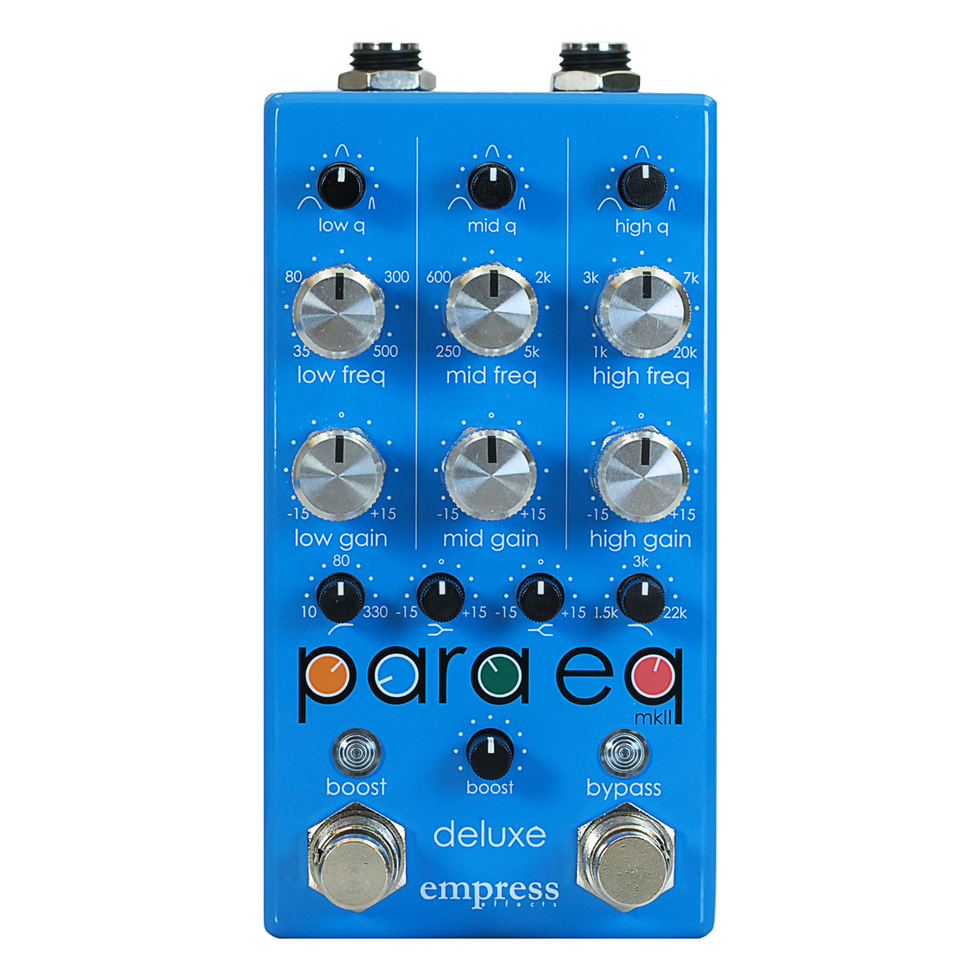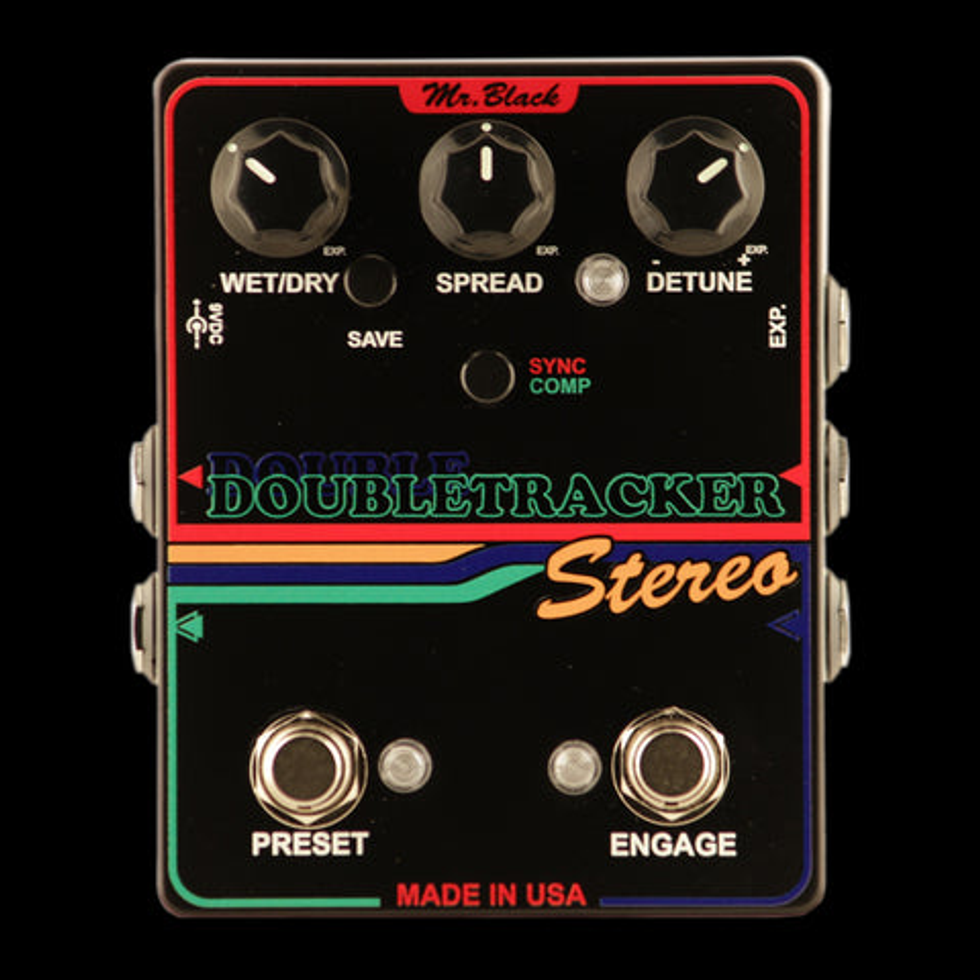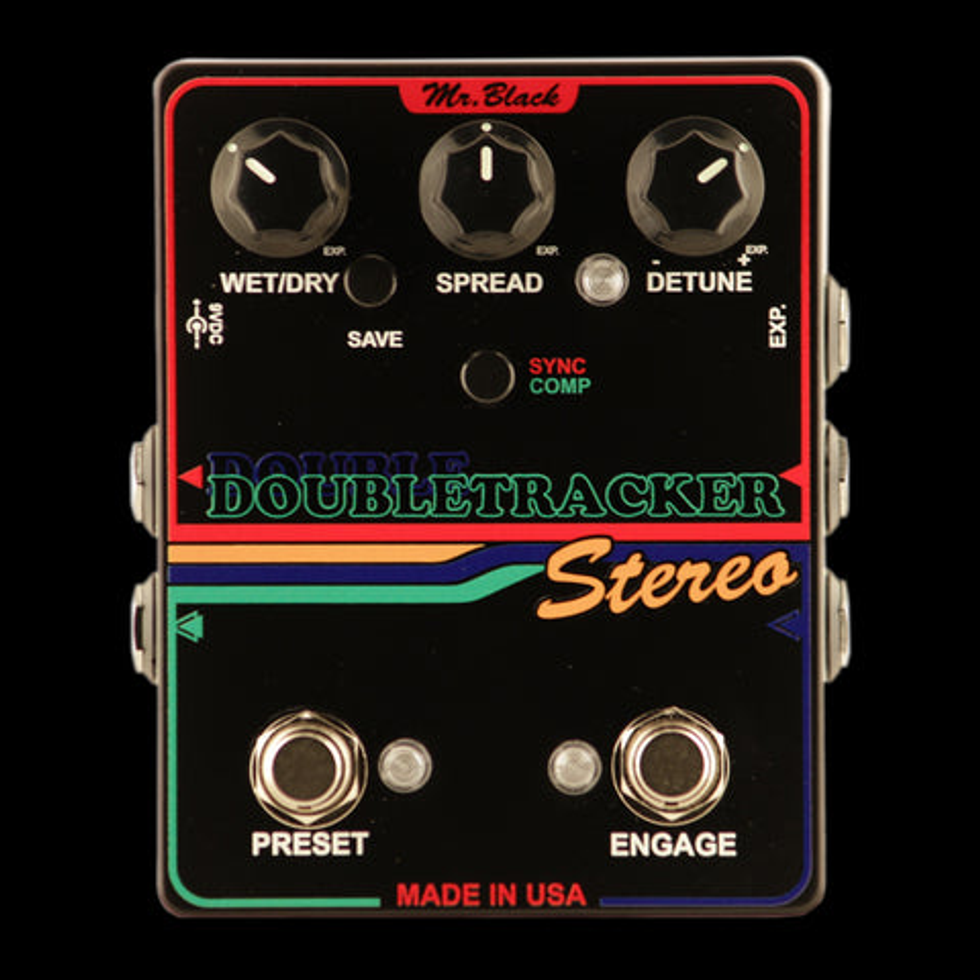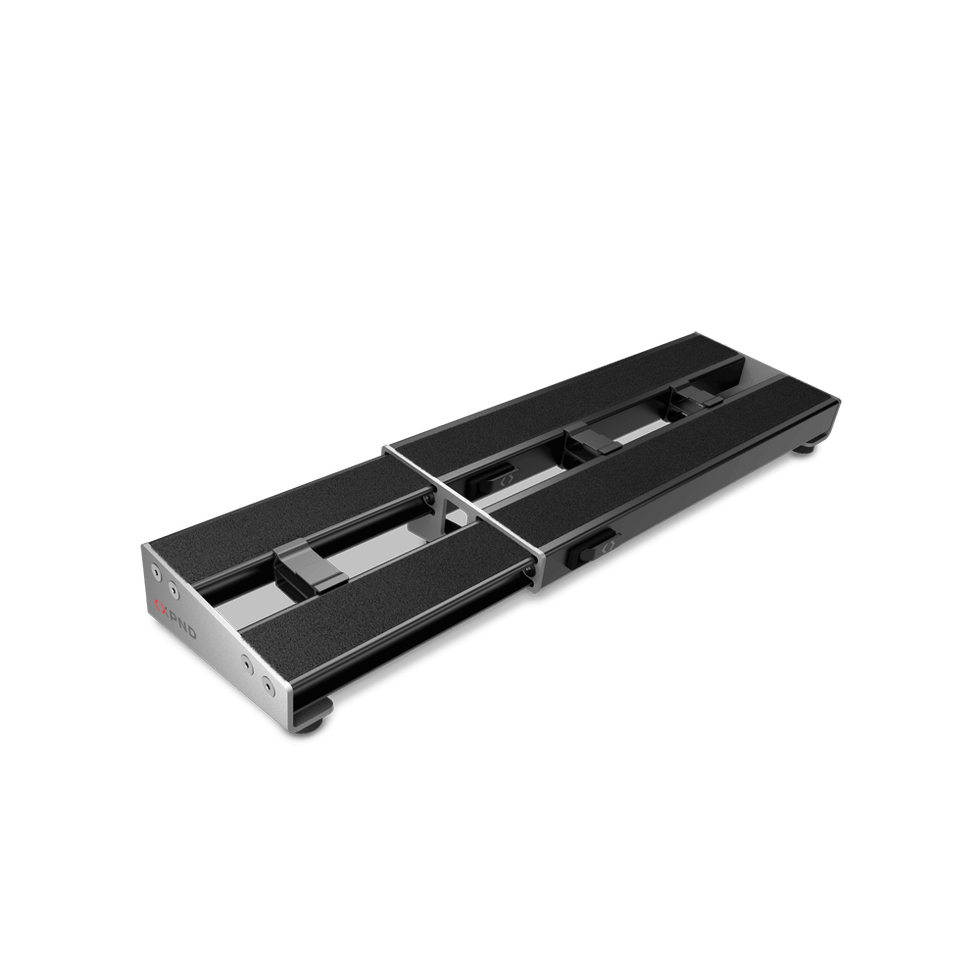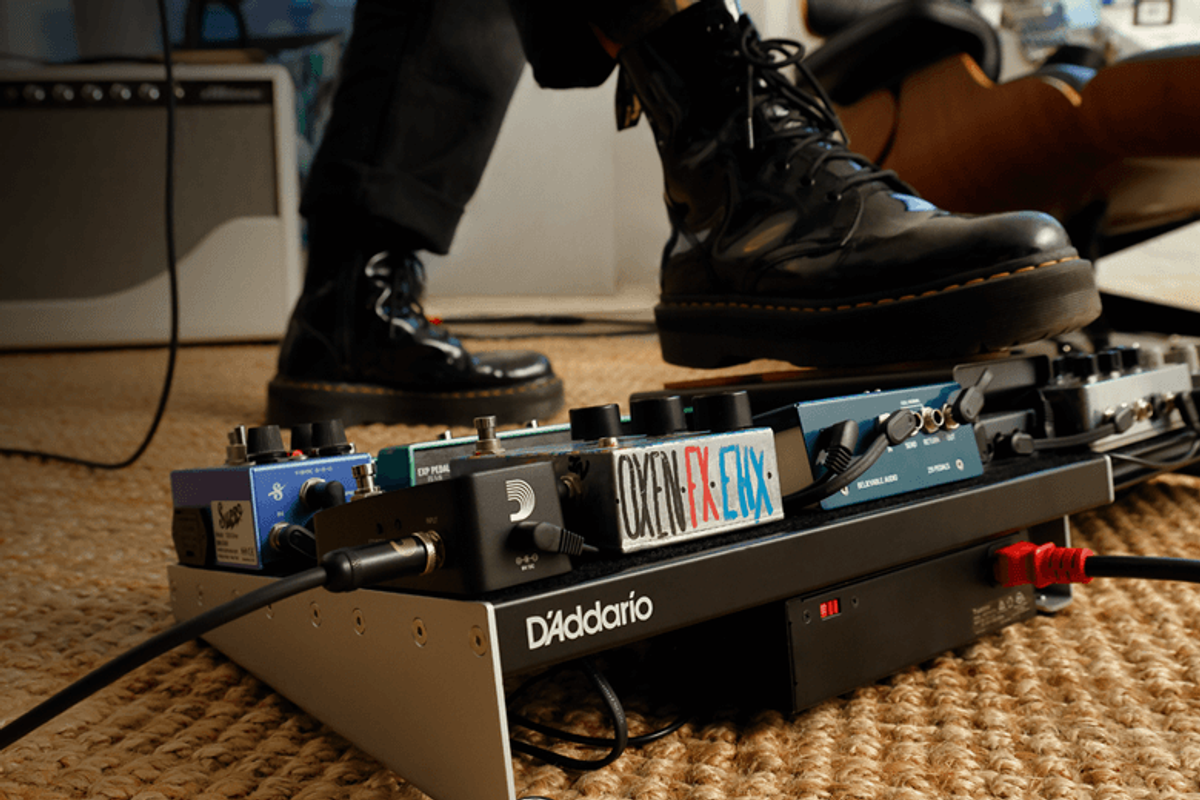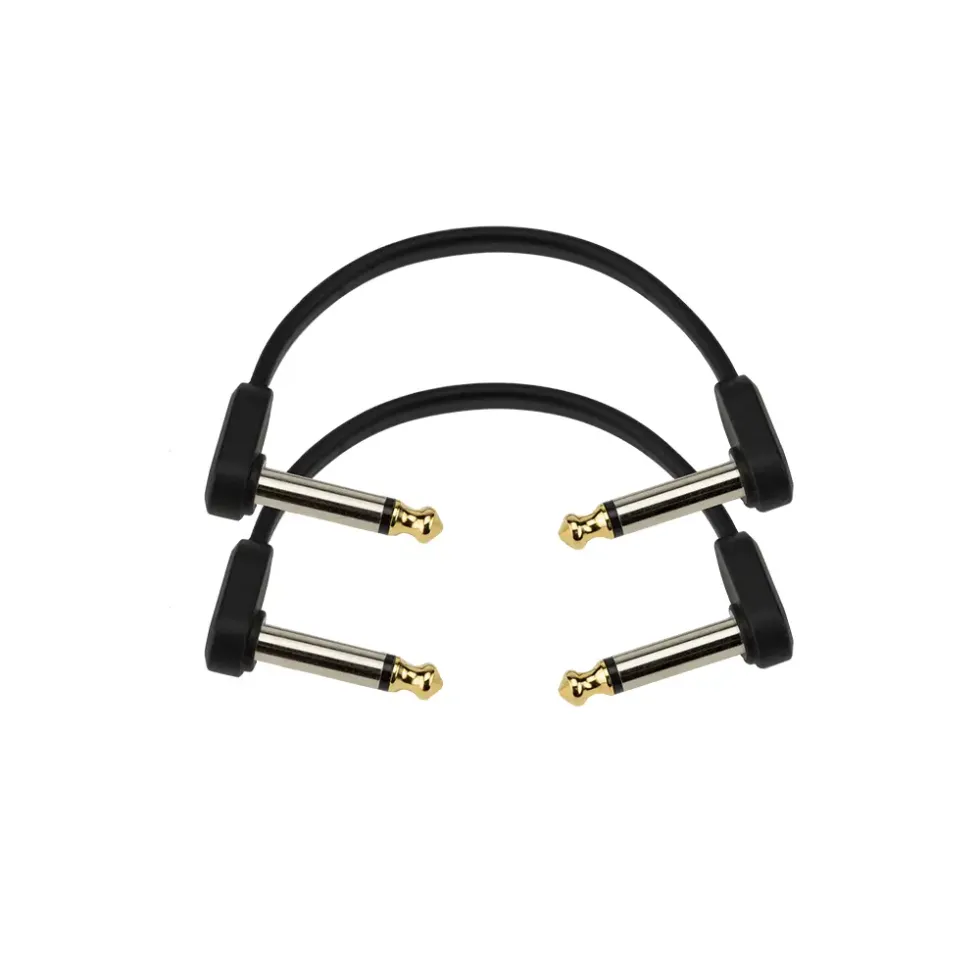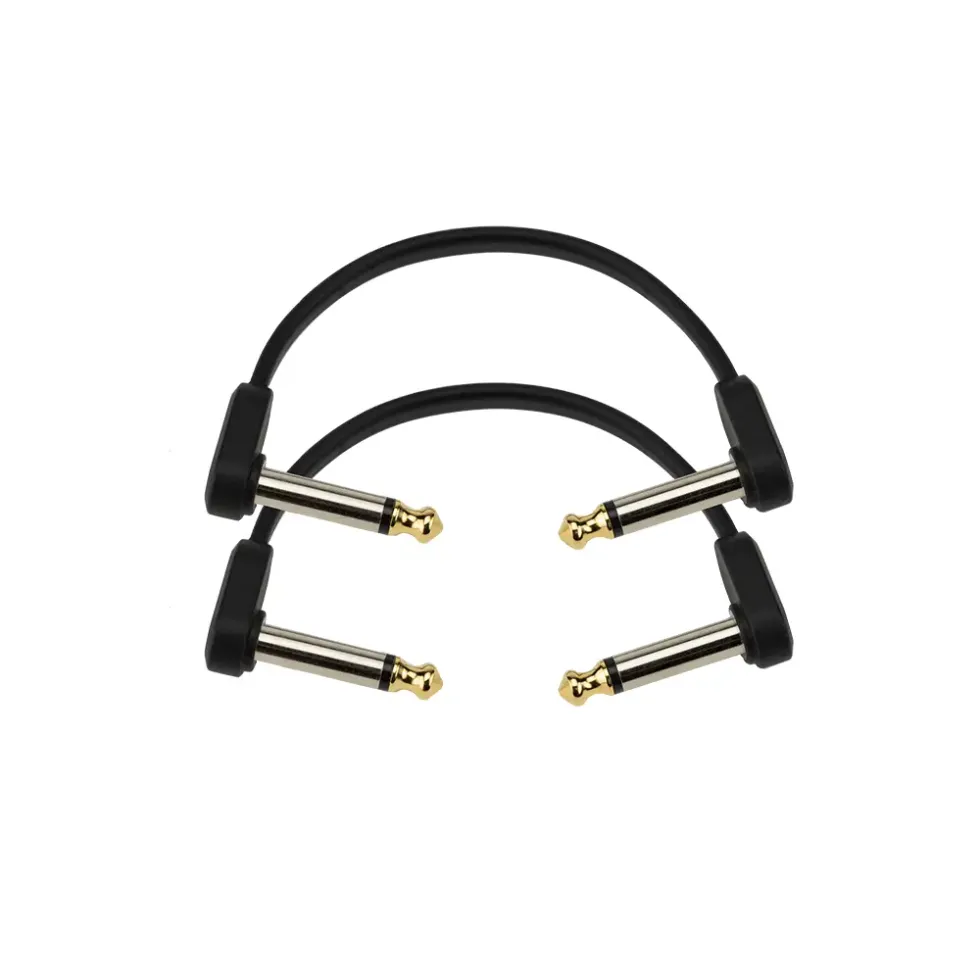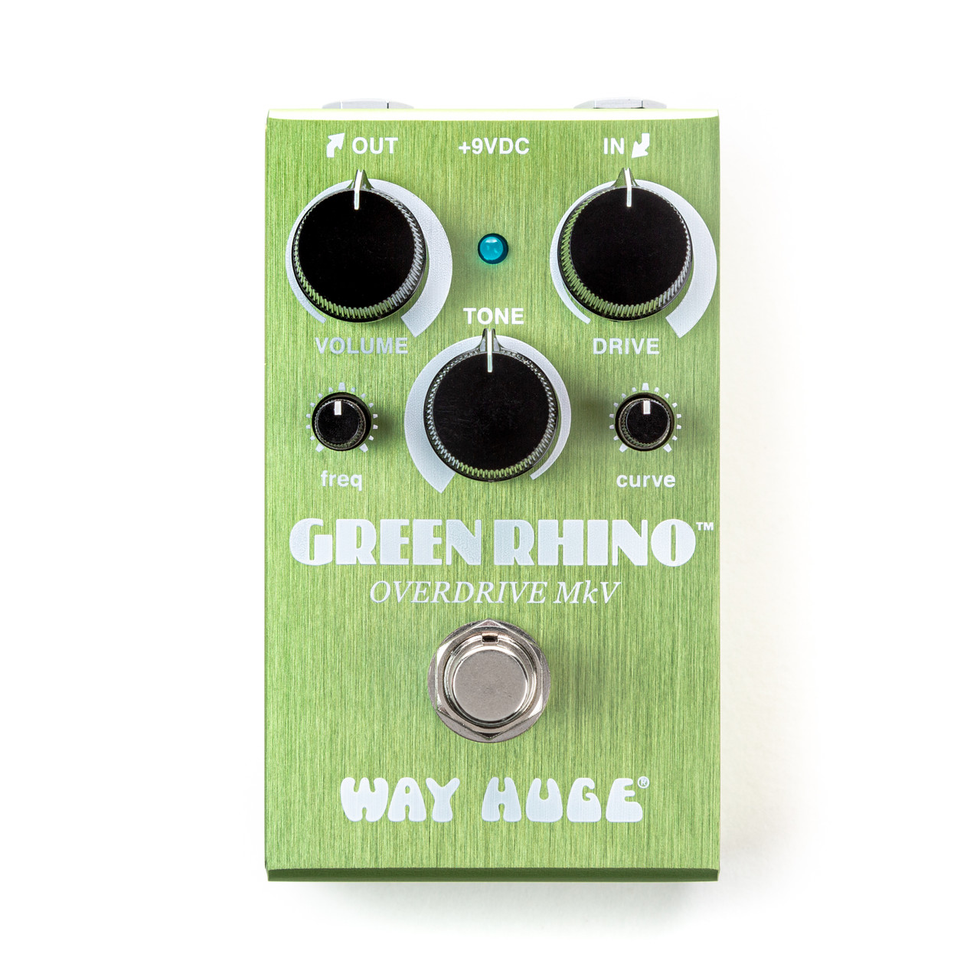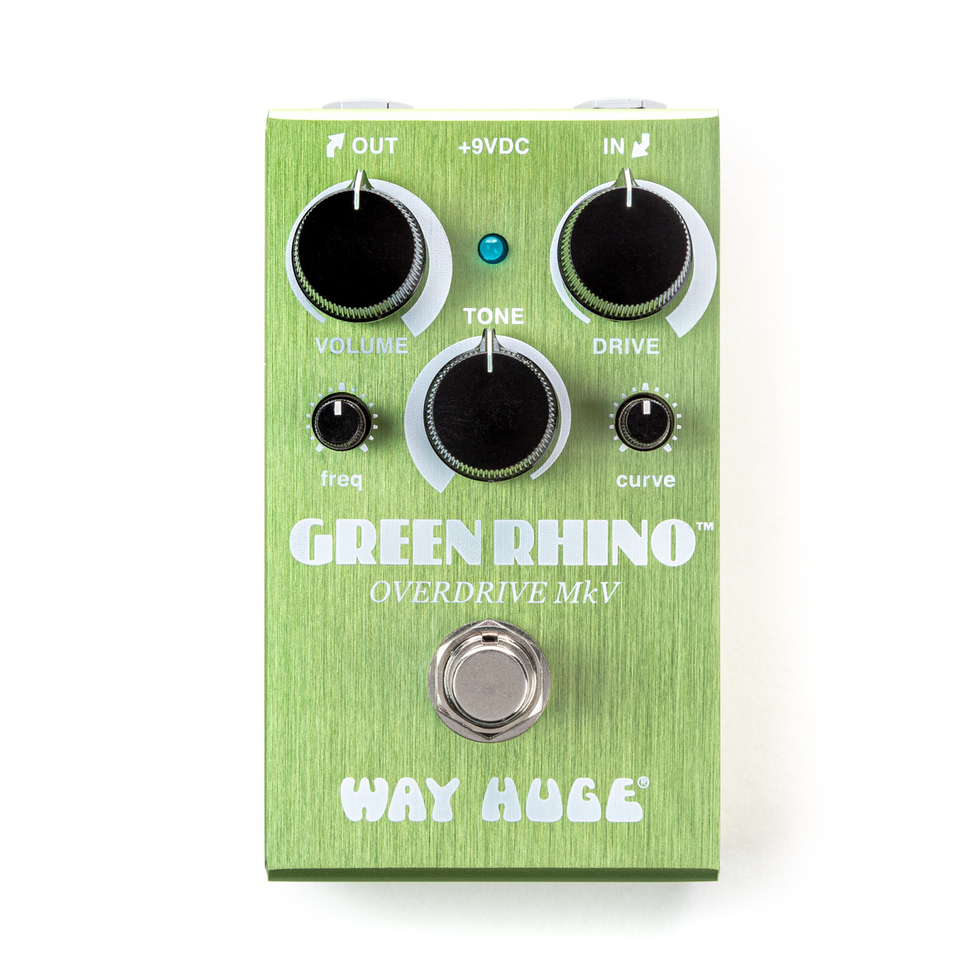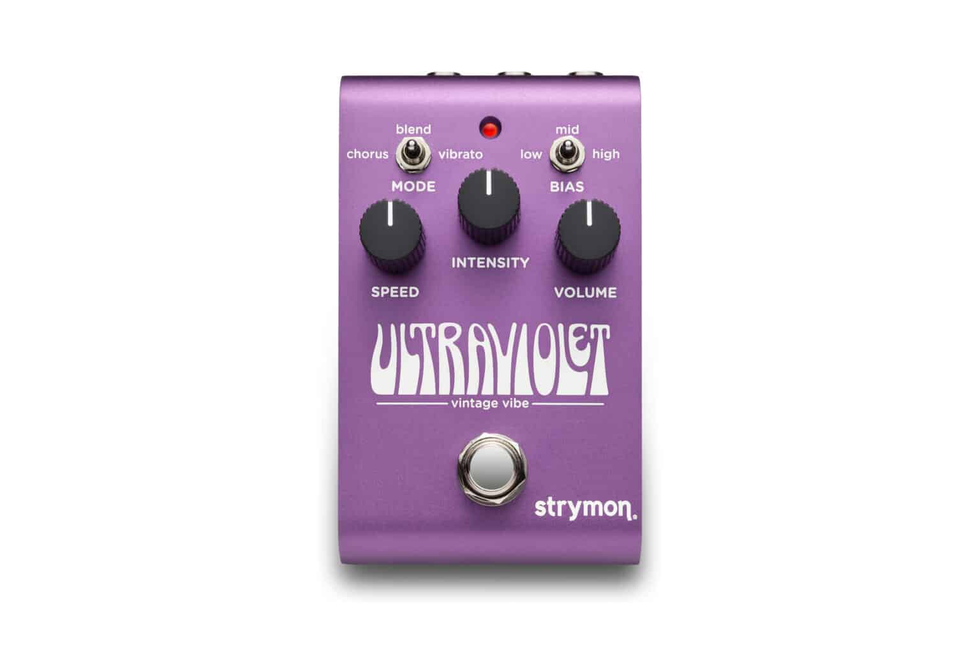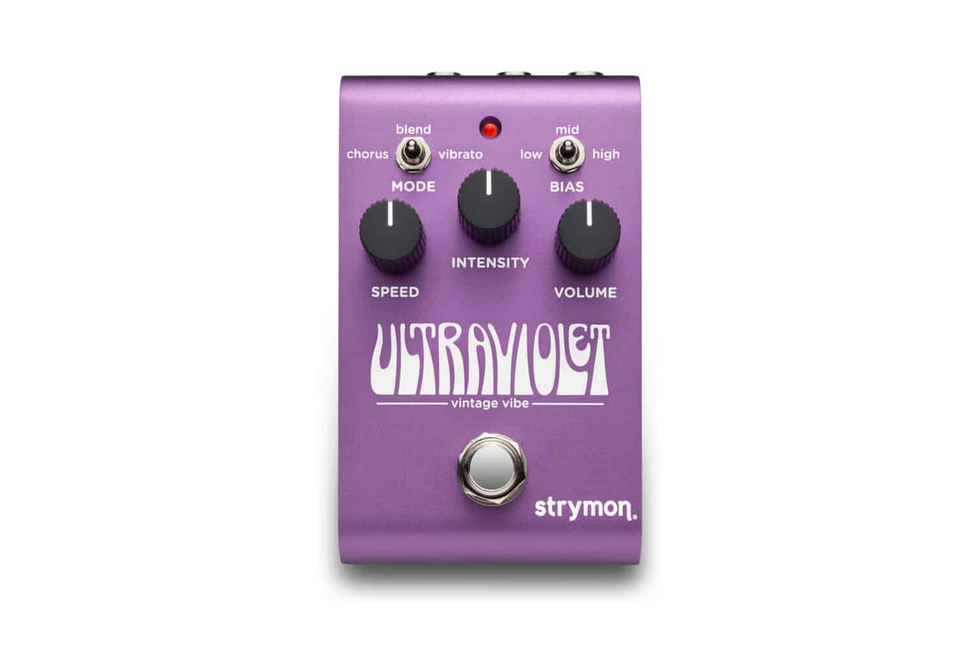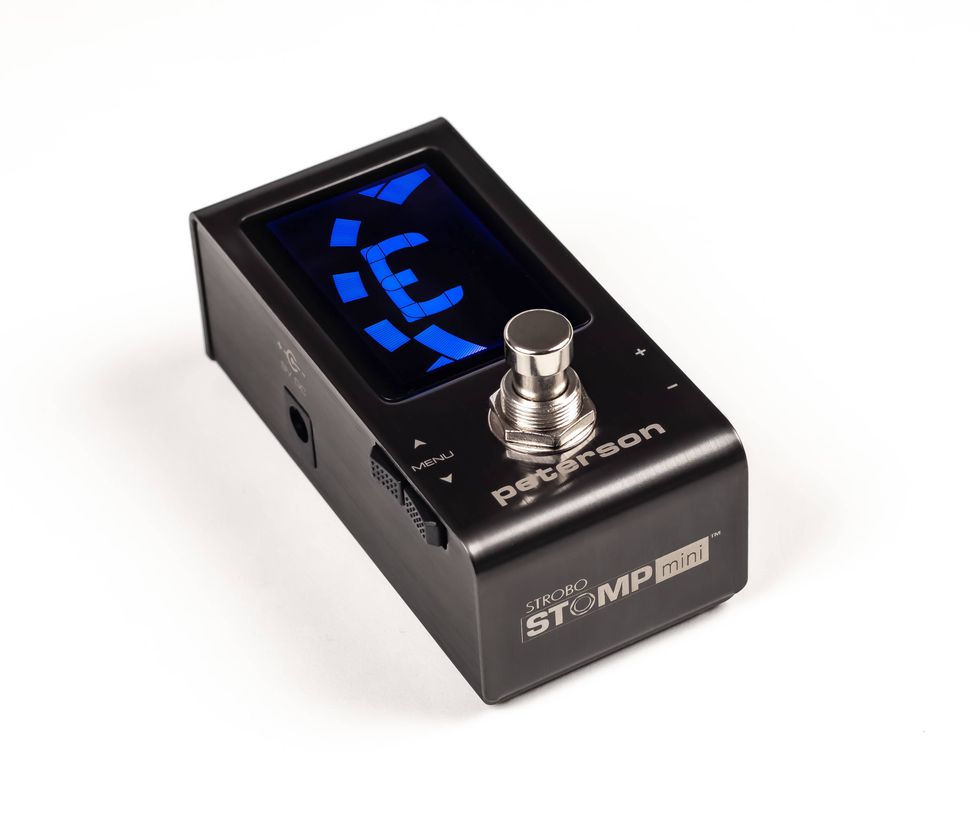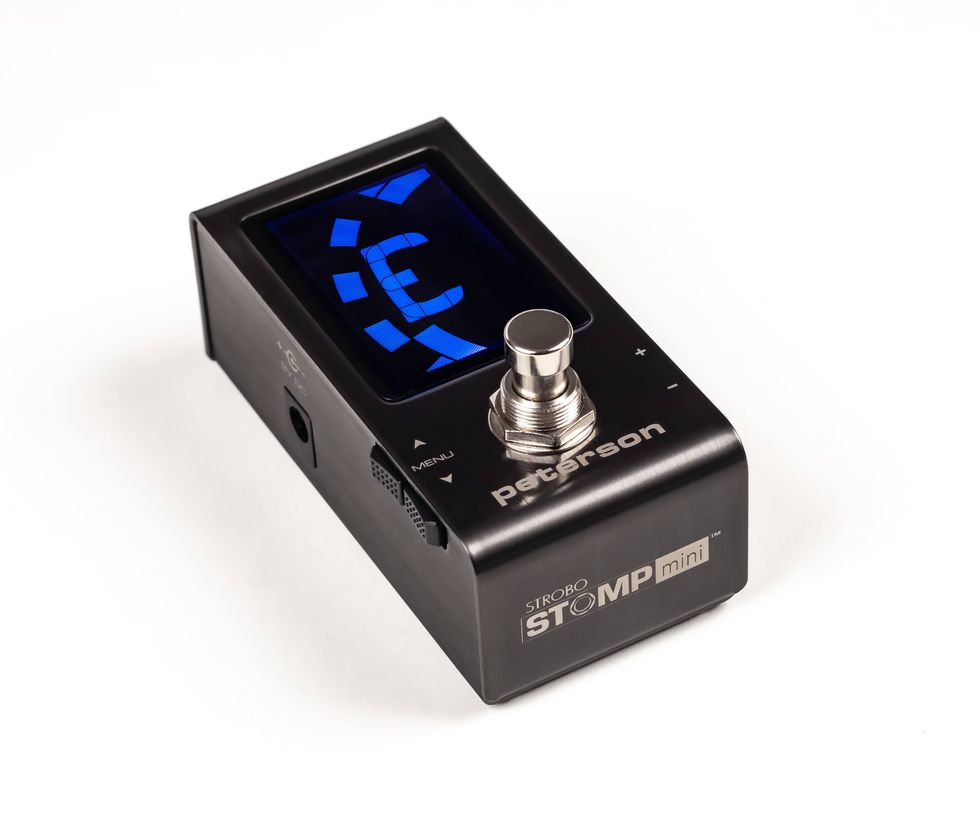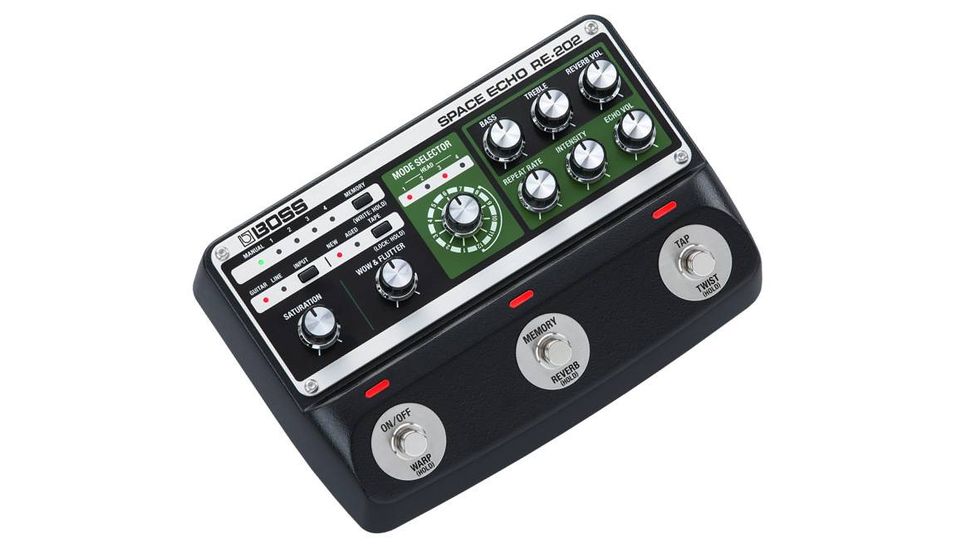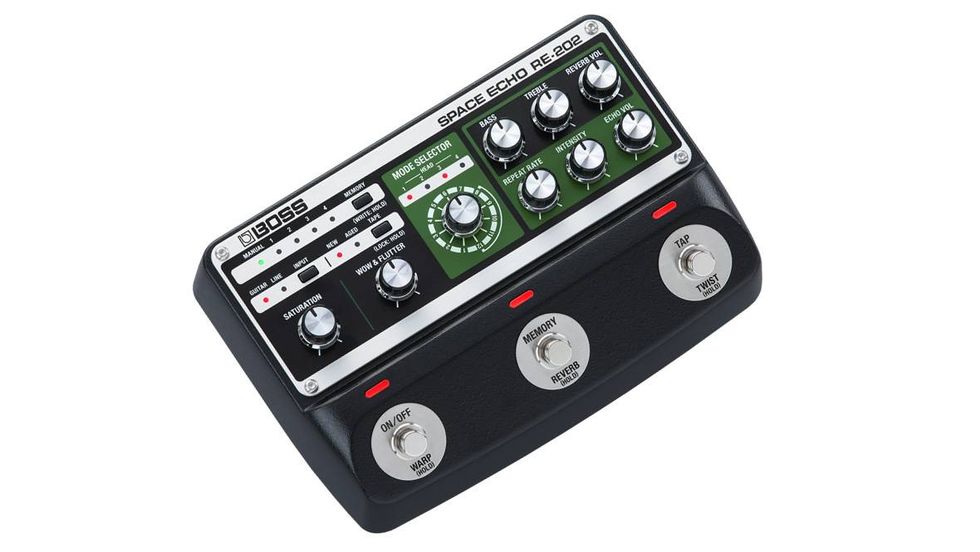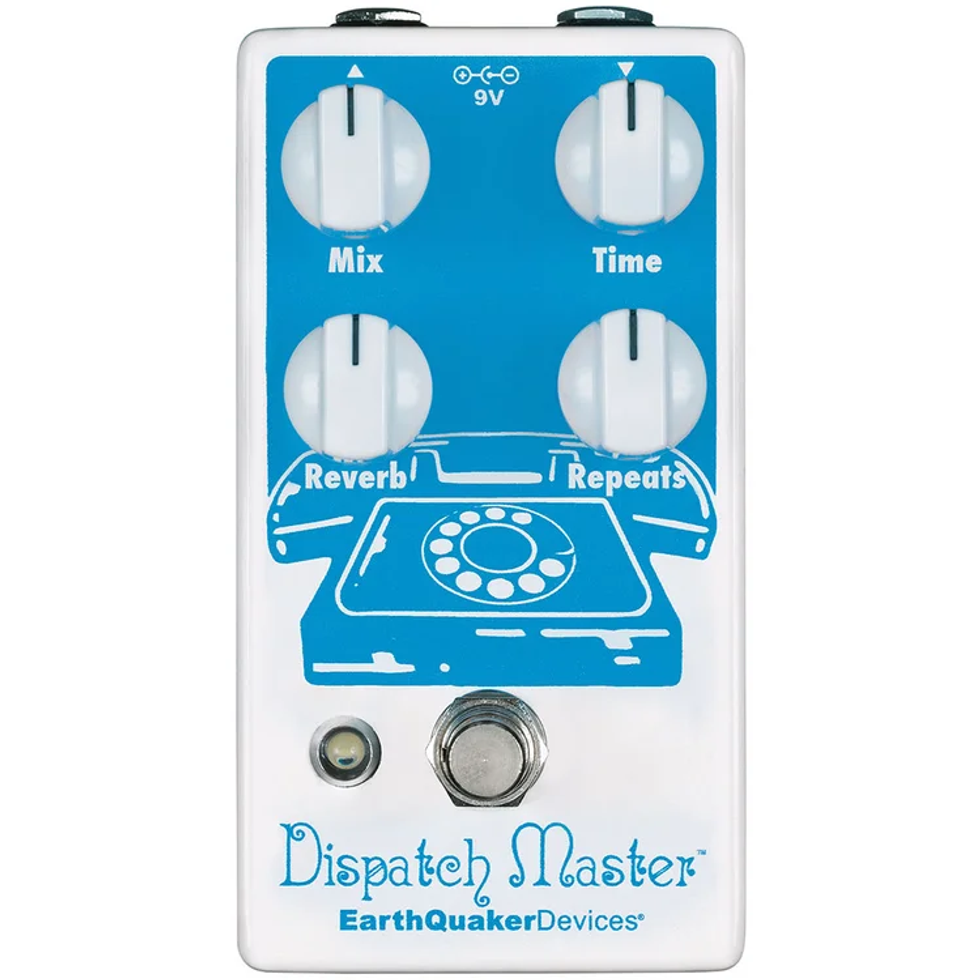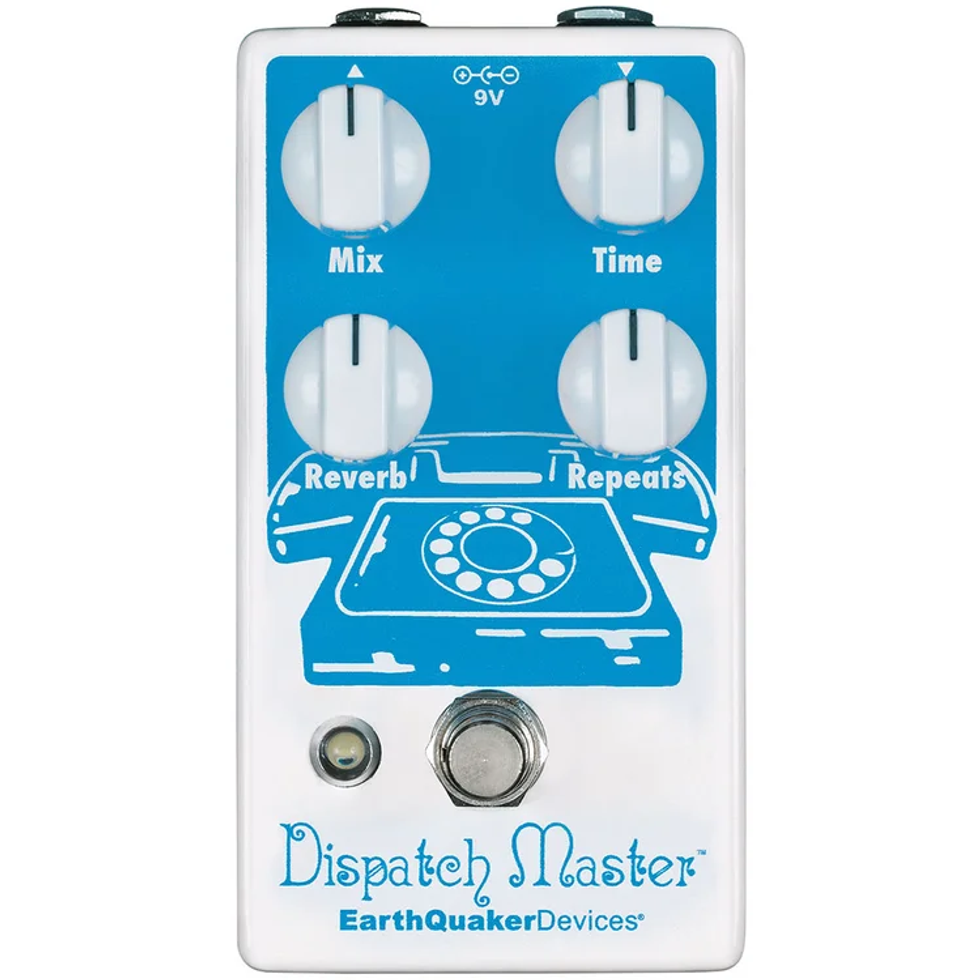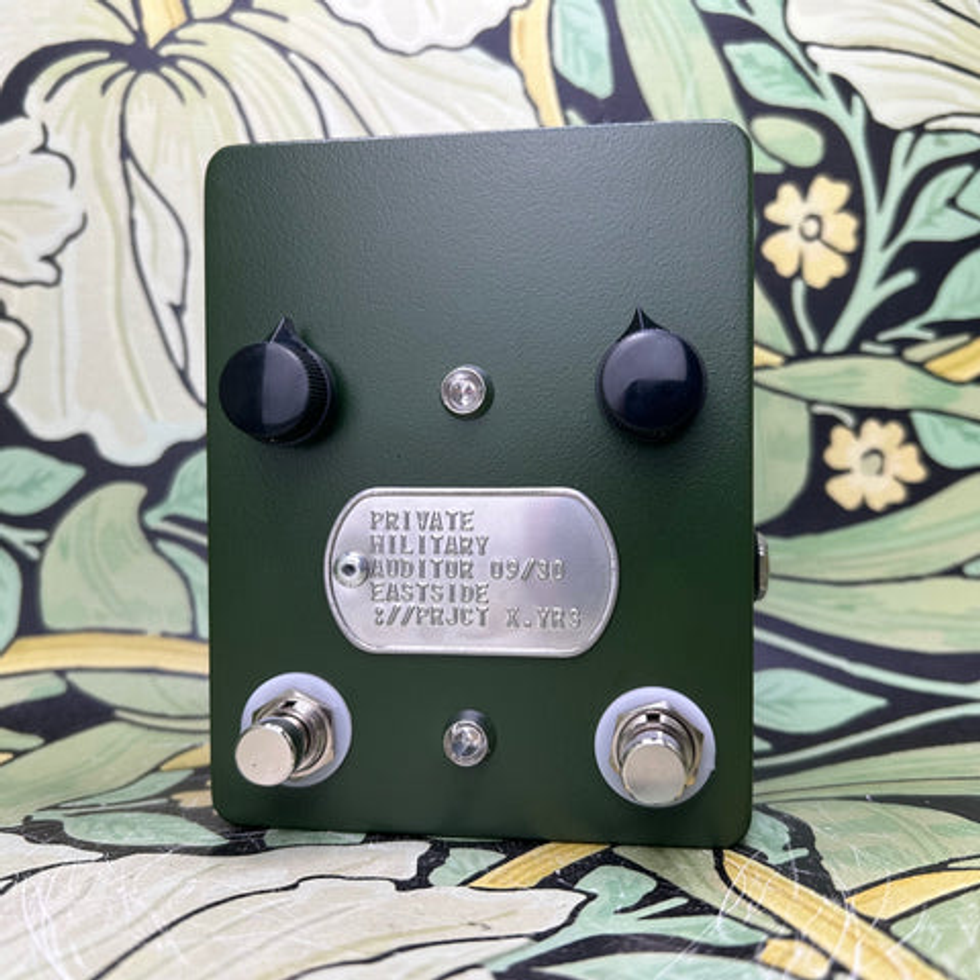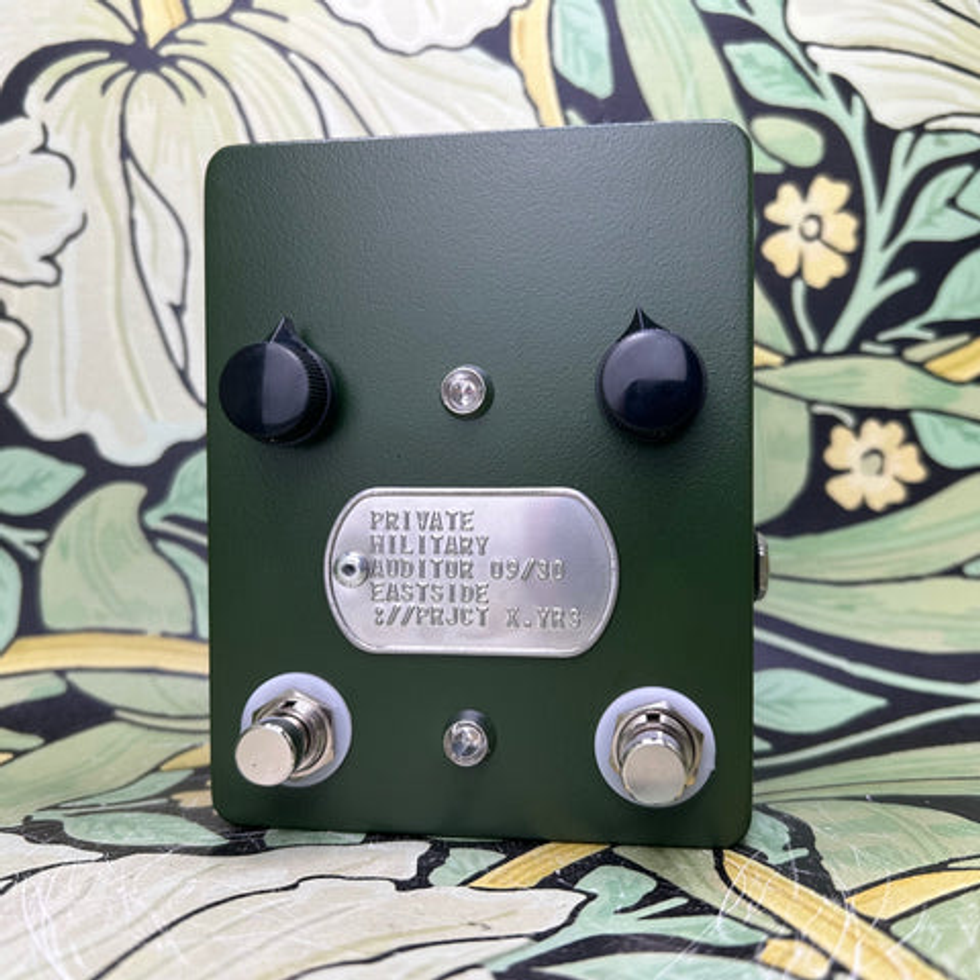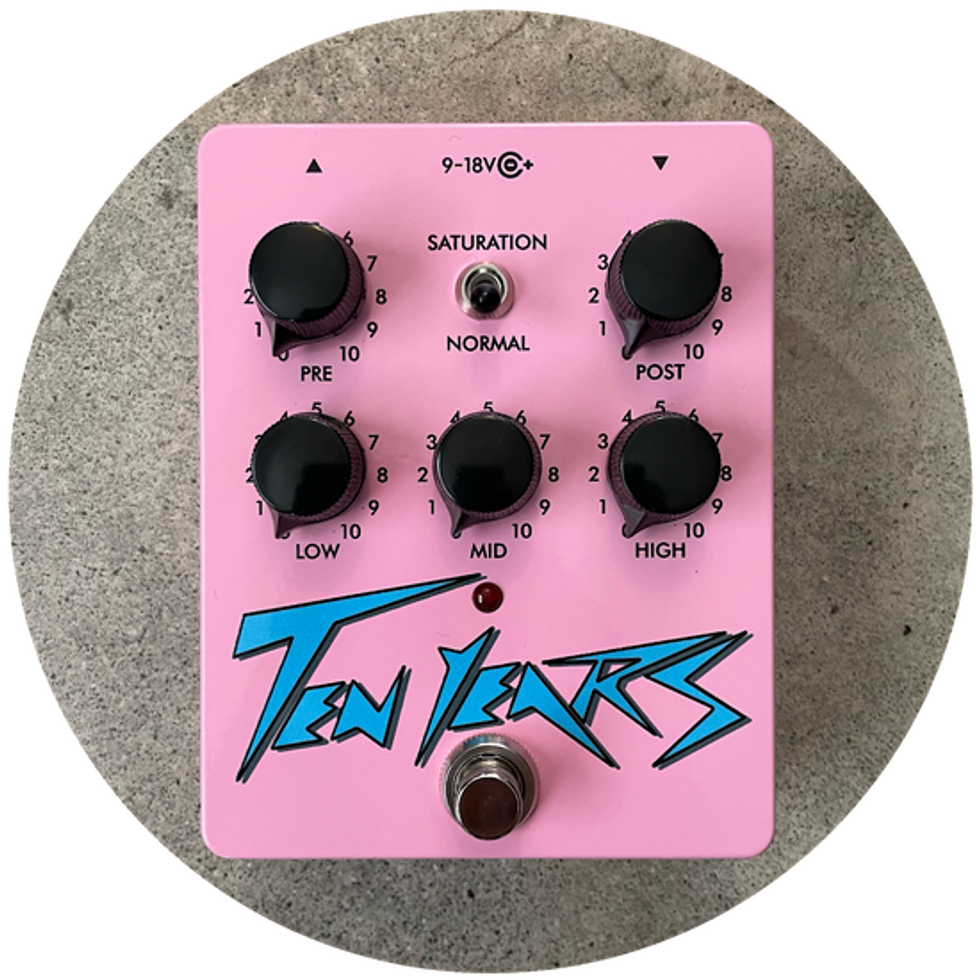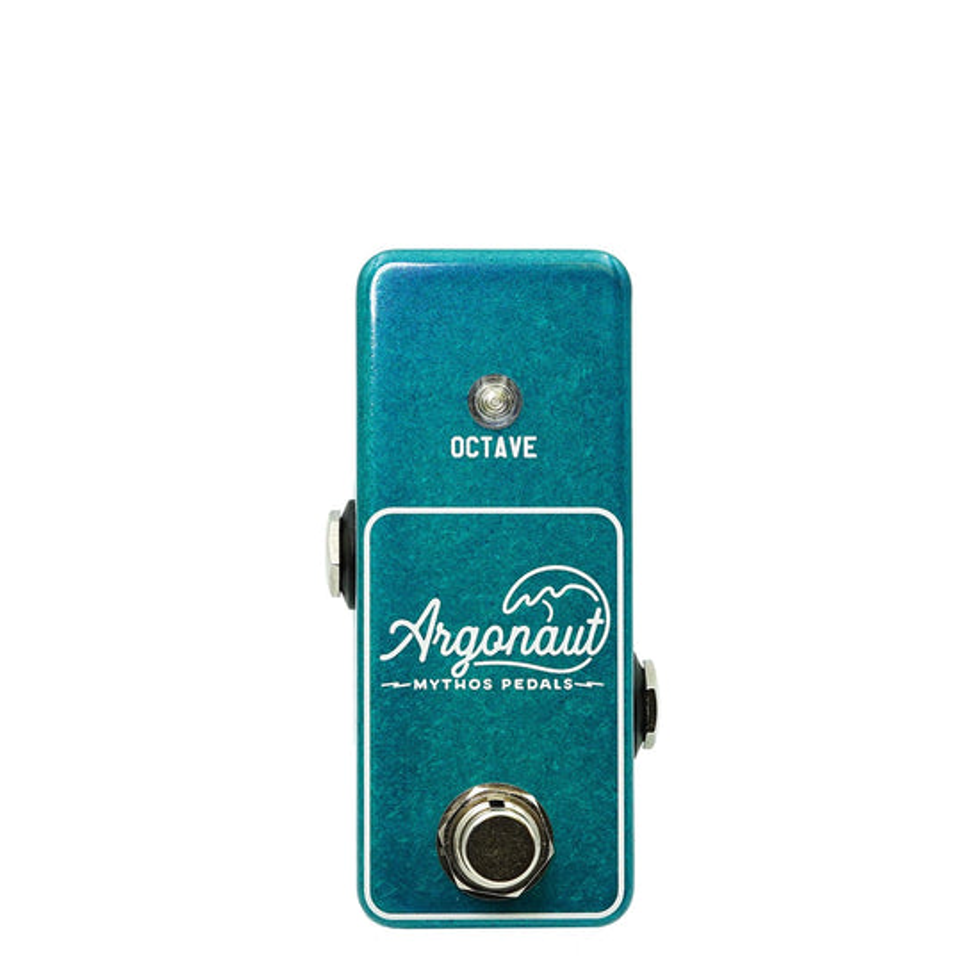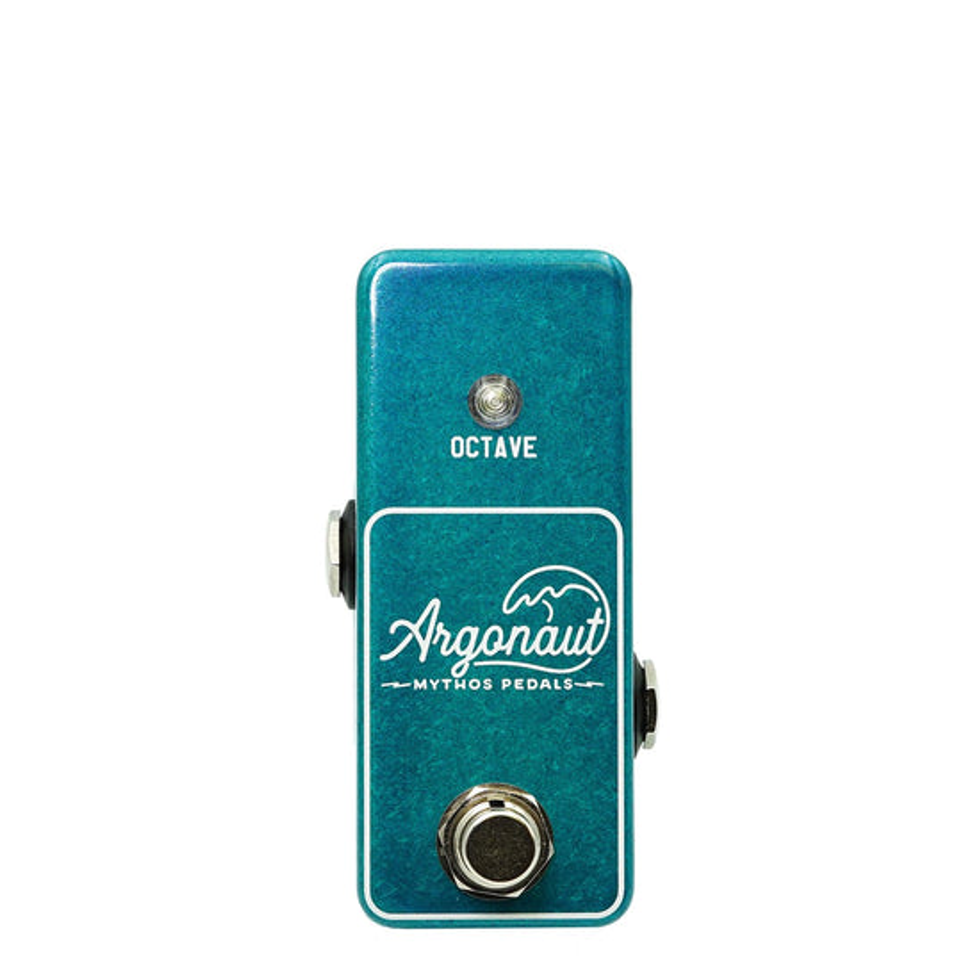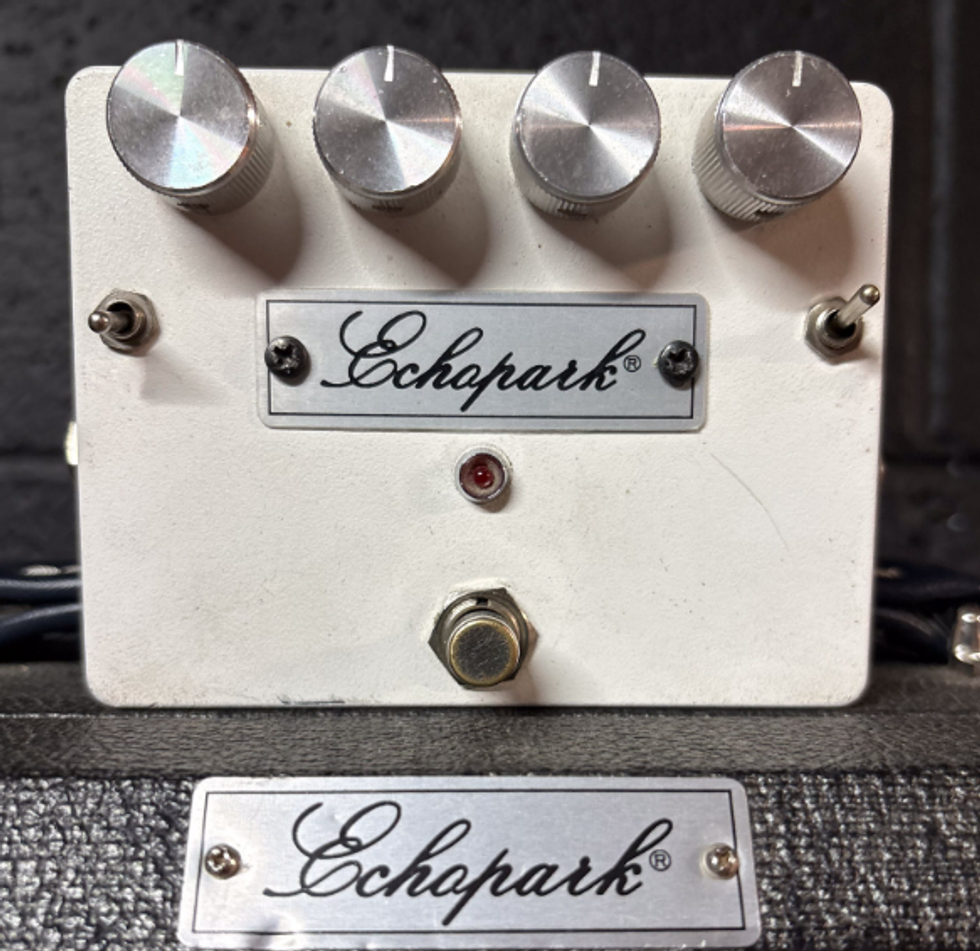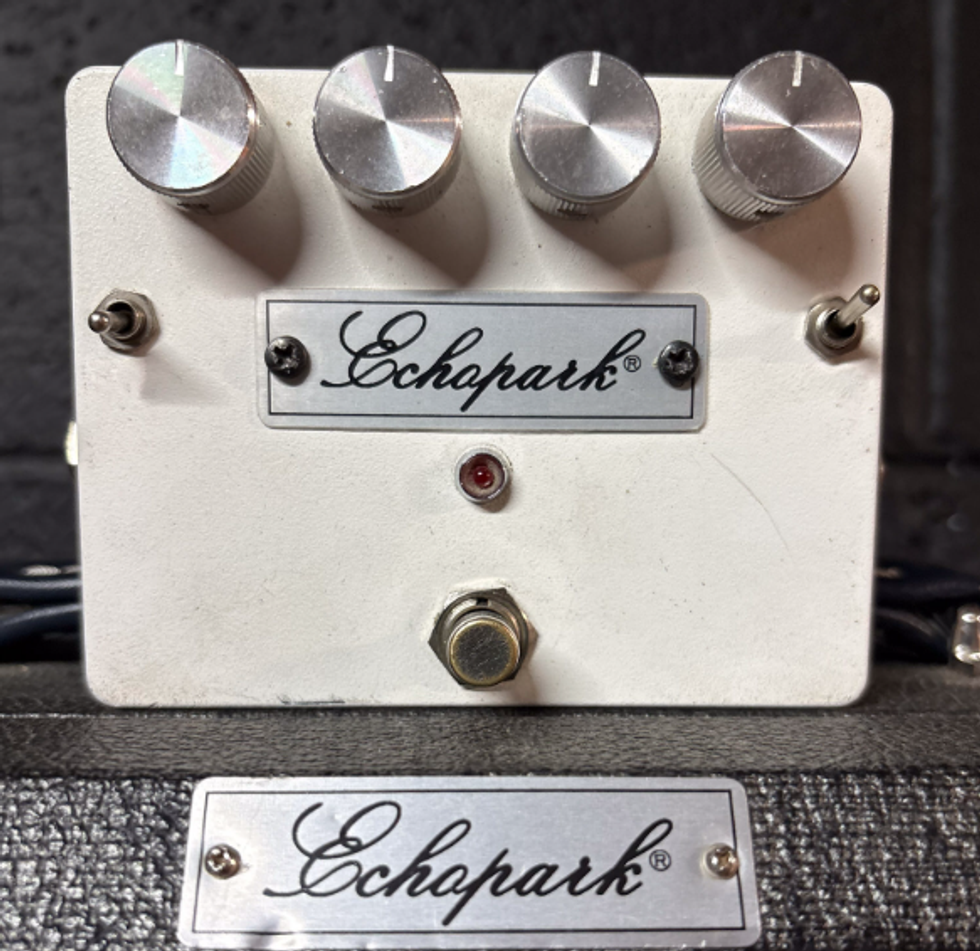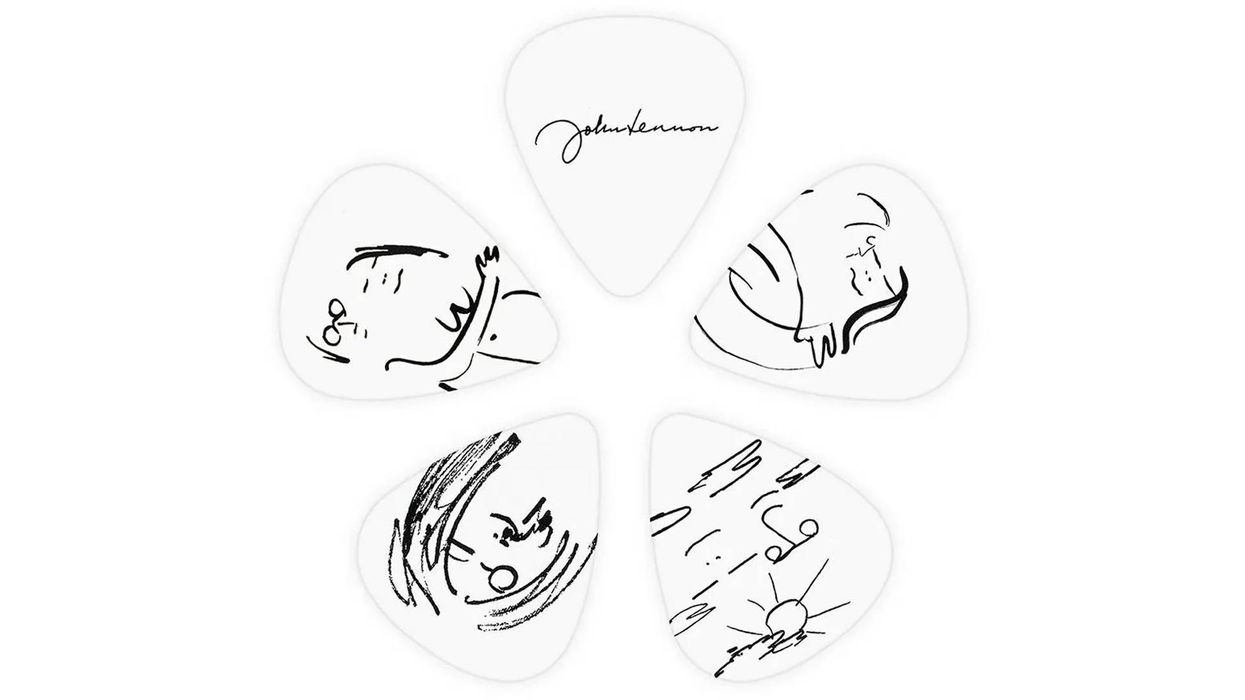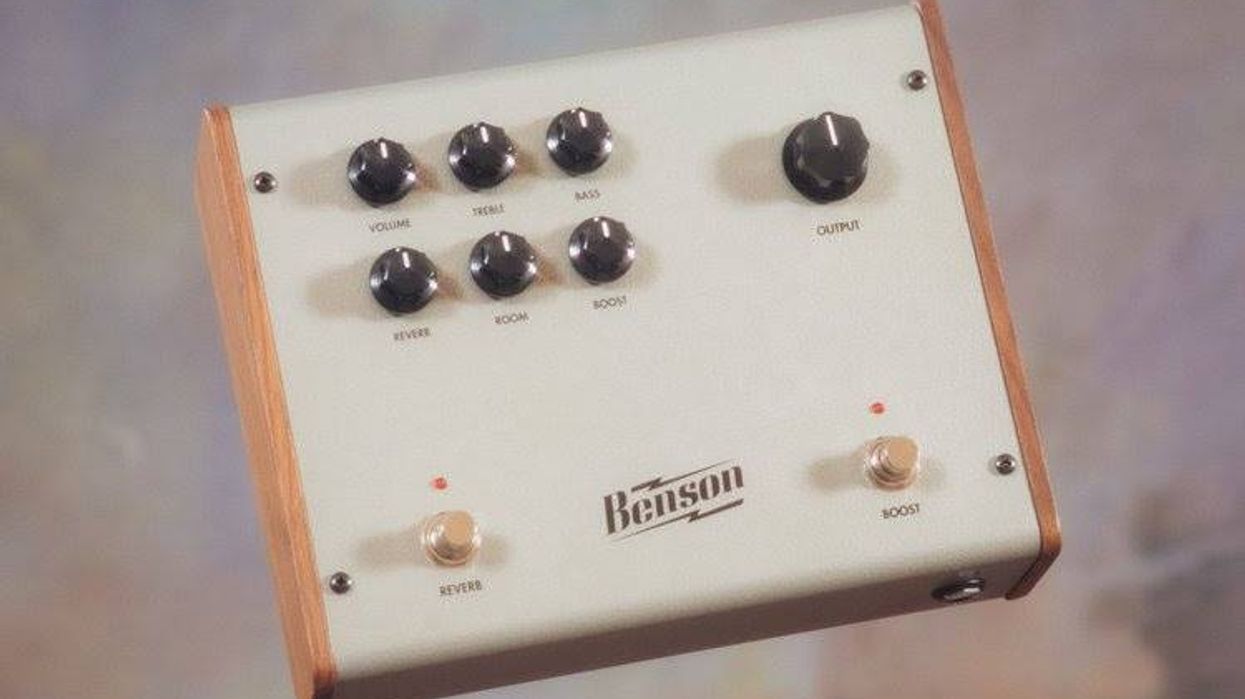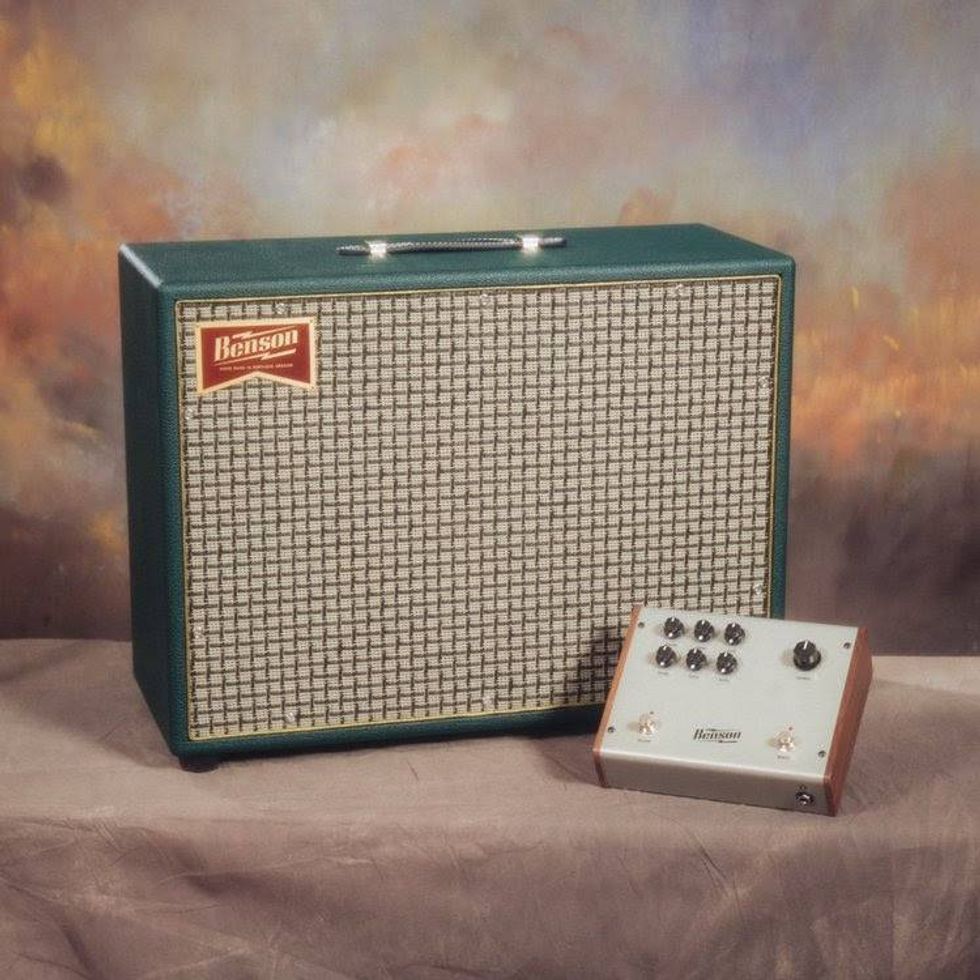That wonderful day we all know as Thanksgiving has once again come and gone. I trust that it was a relaxing time for you and that you were able to spend some quality time with family as well as close friends. I’d like to take a moment to share a little something with you that will hopefully enrich your life outside of the world of tube amps; this year, for the first time, we purchased a free-range turkey for Thanksgiving dinner. A free-range turkey is a bit more costly but much like plugging into an amazing boutique amp or playing a well-crafted guitar; the difference was truly a wonderful experience. Give it a try and you will be glad you did.
Hello, I work on my own amps and can change caps, bias tubes, etc. and I was wondering what your thoughts were on how different coupling capacitors effect the tone and what you prefer to use? Thanks! DocZ – Denver, CO
Hello Doc,
Unfortunately the differences in capacitors (caps) and how they impact the tone goes well beyond the scope of this article and could easily constitute a book on the topic. With that said: we stock a great deal of caps for wide variety of reasons. The caps we would use for a vintage Marshall restoration would be different from the caps we would use for a vintage Fender or Vox restoration.What I am getting at is that all caps do sound and feel different from one another.
The more simplistic the circuit design, the more of a difference you will hear with caps. By comparison, high gain amps tend to cloud the differences a bit, but that’s not to suggest that the differences cannot be heard. The quality of the transformers is something that is almost always overlooked in cap discussions, as it is the last thing most techs truly understand. For example; take a Marshall reissue plexi (1959x/1987x ) and experiment with various coupling caps on V1 only. Now replace the output transformer (OT) with a Mercury Magnetics plexi spec OT and run the same experiment again. You will find that the differences are more pronounced with the higher quality Mercury OT. You will also find that the caps you favored the most with the stock OT may not be the caps you will favor with the Mercury OT.
We are also often asked if the bypass caps make an audible difference (IE: caps in parallel with the cathode resistors in the preamp section) and the answer is a resounding “yes,” as not only do they effect the tone but they also effect how the amp feels and/or responds. Do the results differ from using a polarized / electrolytic (e-cap) bypass cap verses a non-polarized cap? Yes it does.We’ve also experimented with countless e-caps and the differences can be night and day.We stock SBE Orange Drops (715P, 716P, PS), Aricaps, 150M Series (formerly Mallory) in the polyester / polypropylene, Solen, Hovland MusiCaps, some Xicon, etc. Bottom line, there is nothing like hands on experience to order some caps and dig in!
My friends and I have been bitten with the tube bug.We’ve been trying all kinds of NOS as well as modern production tubes in our amps and while we’ve found some tubes we like, they are often times too noisy. My friend has a 2-Ch Rectifier (Mesa), another has an original block letter 5150 and I have a Peavey 6505 plus. Do you have any suggestions or is this just the way it is?
NOS tubes are made differently than modern production tubes and the reasons for this are too numerous to list without getting overly techie. Suffice to say that modern safety standards prohibit tube manufactures from making tubes the way they once did, and there are steps being taken to improve on modern production tubes. Many will tell you that the V1/the first tube in the signal chain is the most critical, however in my opinion all the tubes are critical to tone. If you want to reduce the noise in a high gain amp you can experiment with various tubes for V1, but be mindful of the tonal differences as well as the level of noise that you are trying to reduce. High gain amps will have a certain amount of running noise/hiss to them that is often times associated with how the gain is structured within the gain stages, etc. (i.e. a 4-gain stage high gain amp will generally not be as quiet as a vintage 2-gain stage vintage amp will be). Try using a Groove Tube GT-5751-M in the first stage and see where that takes you. Often times this reduces the noise floor while still keeping the punchy bottom end and harmonic detail most look for from those amps.
Have a great month!
Trace Davis is the president of Voodoo Amplification Inc., which is considered to be the world’s leading modification company and one of the foremost experts on vintage Marshall amplifiers. Trace is also an experienced session player, touring player, recording engineer and producer.
Trace Davis – Voodoo Amps – www.voodooamps.com
Email Trace at: trace@voodooamps.com
45 Atwater Rd, Lansing NY 14822
(607)256-0465
The content herein may not be reproduced, copied or posted on any website, either in part or entirety, without the written permission of Trace Davis.
Copyright (c) 2006 Trace Davis
